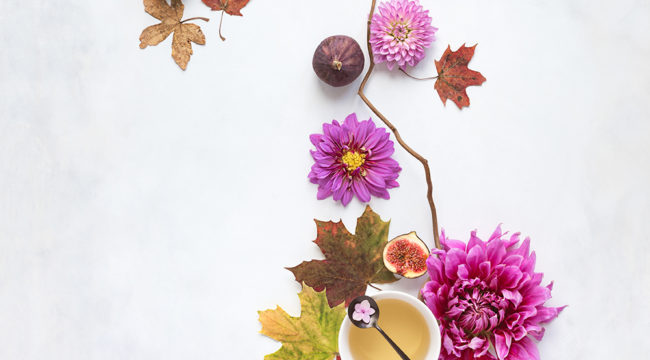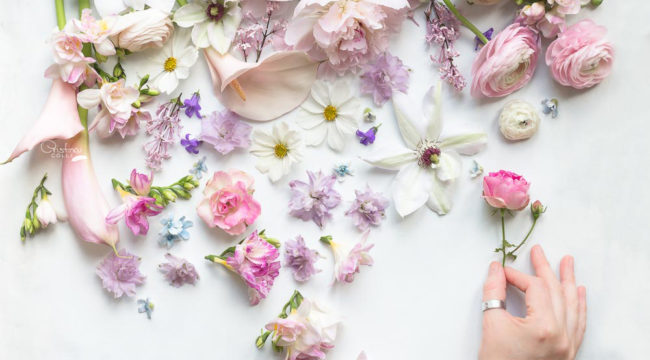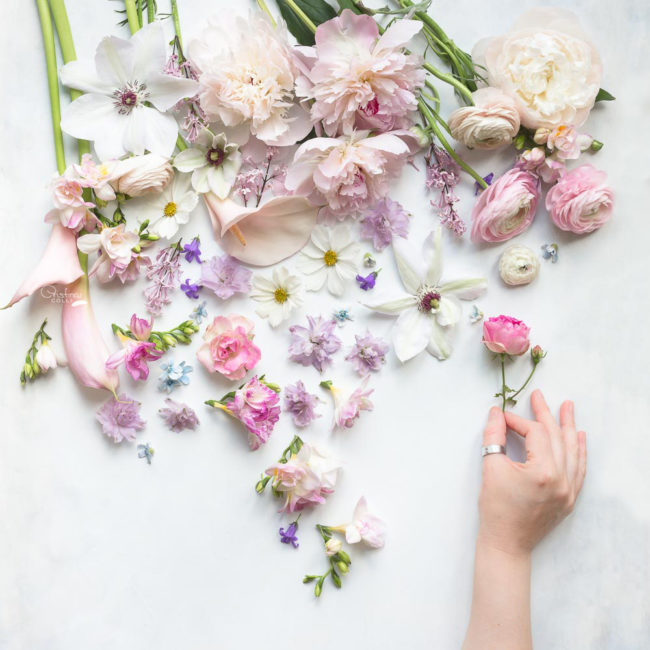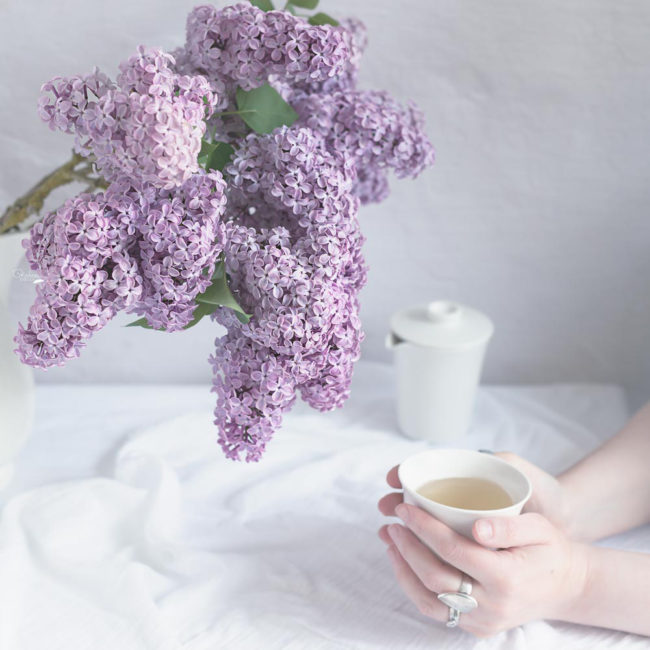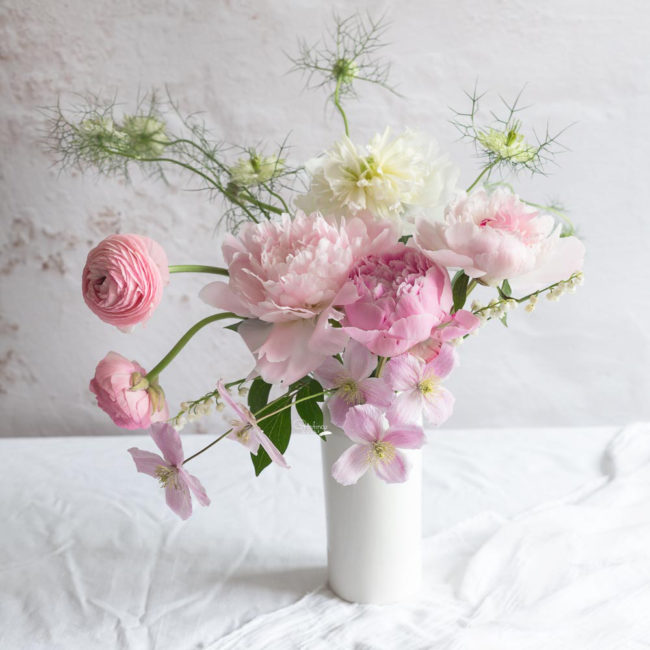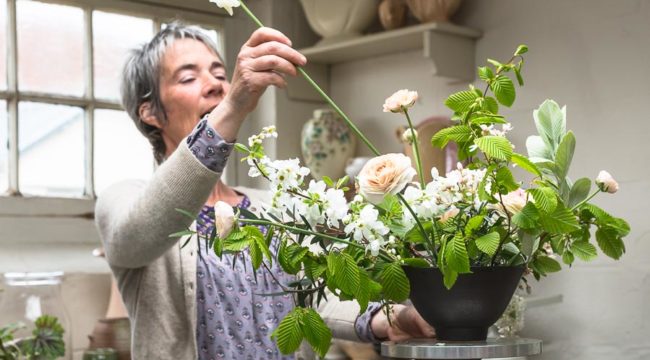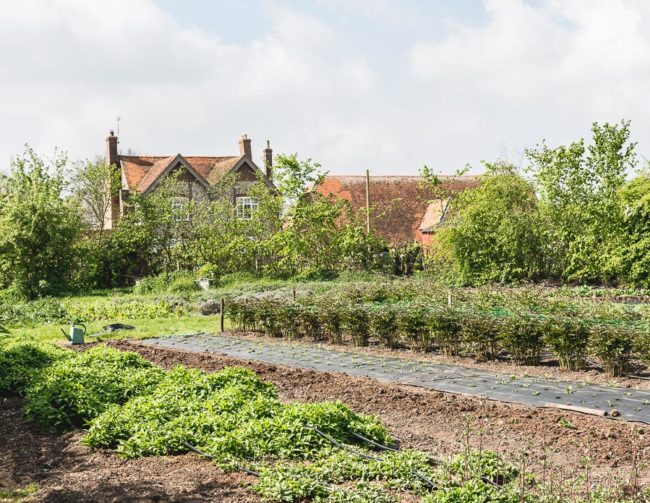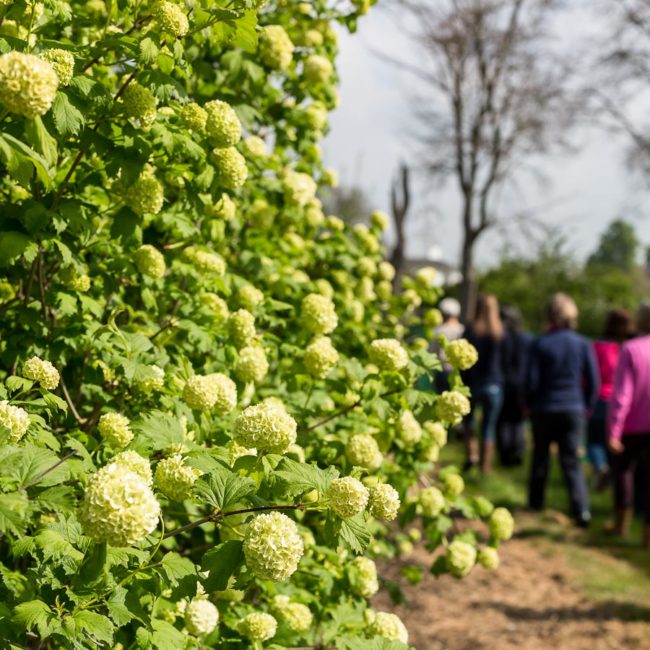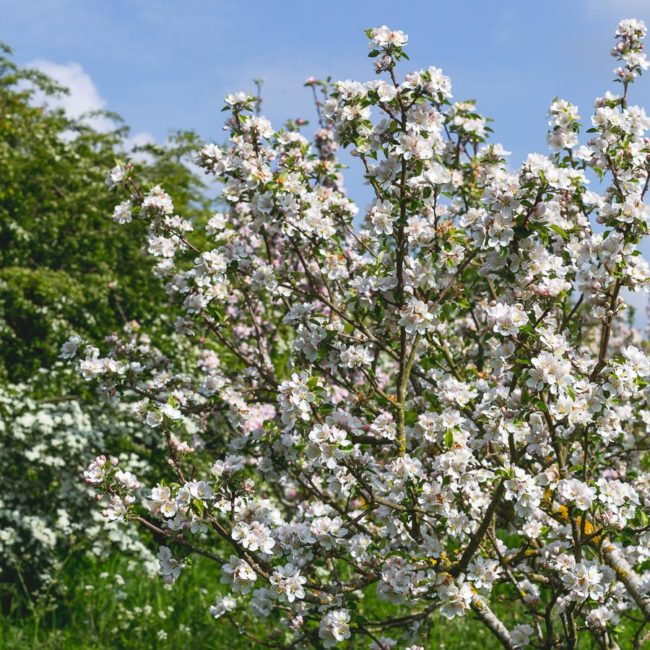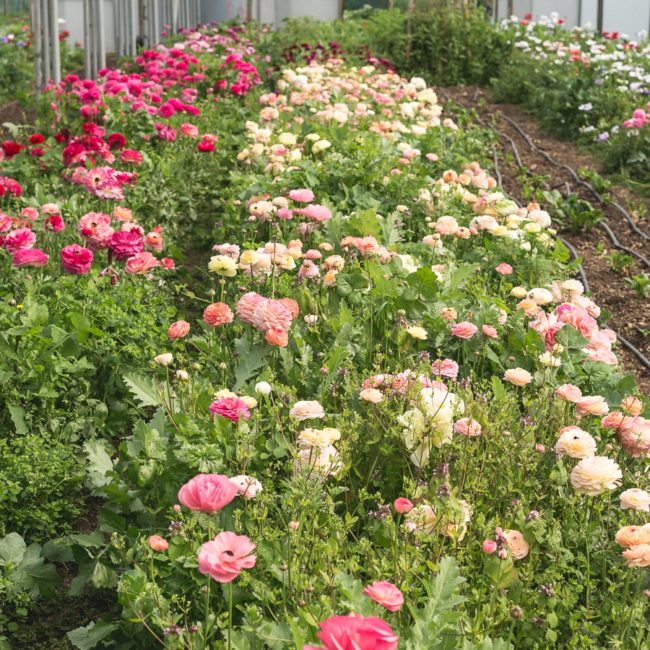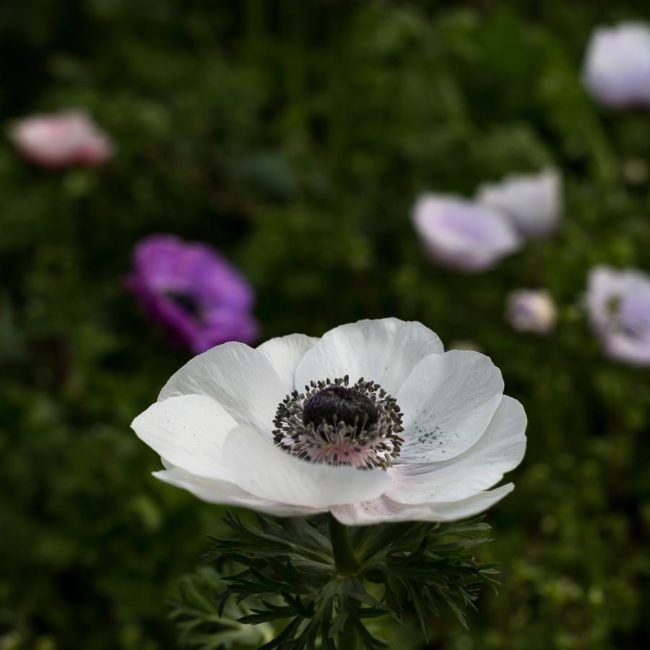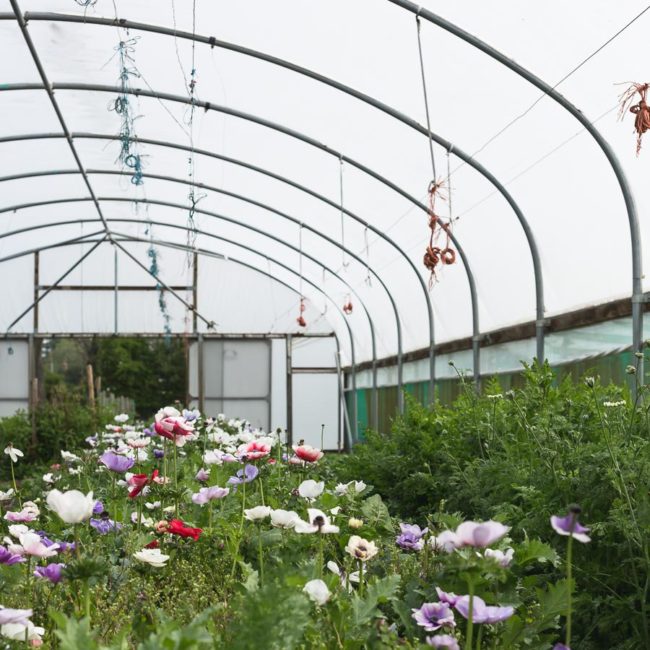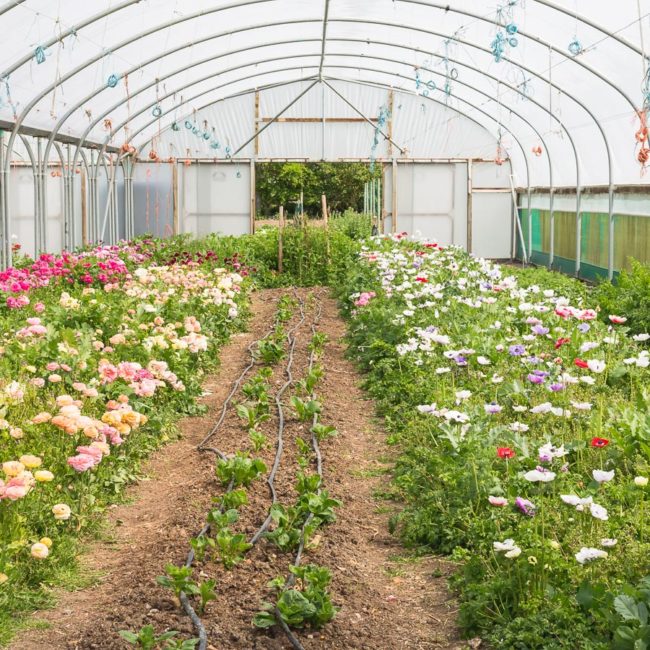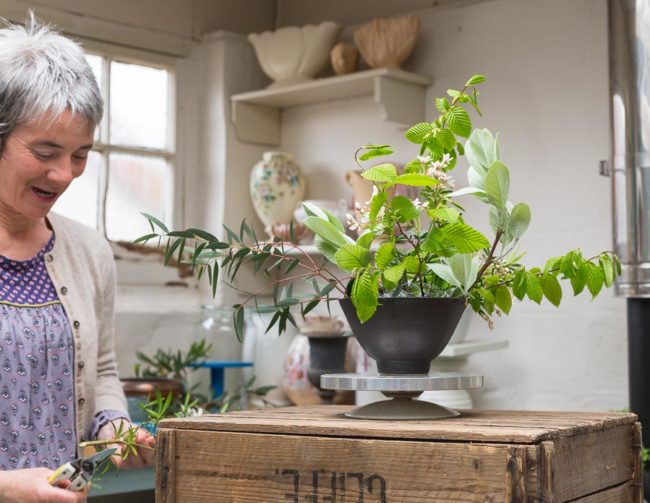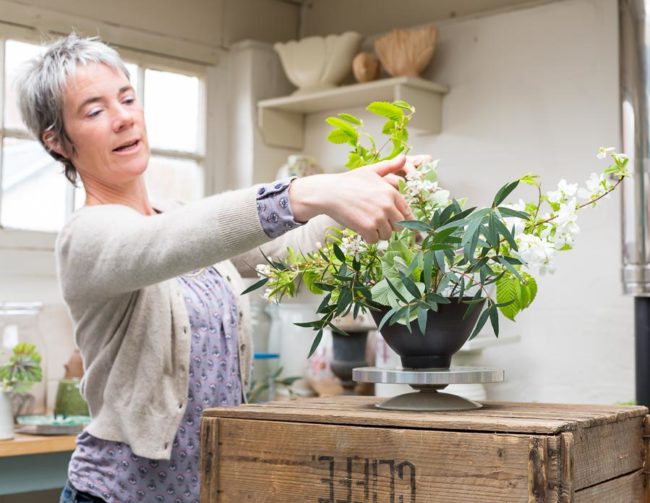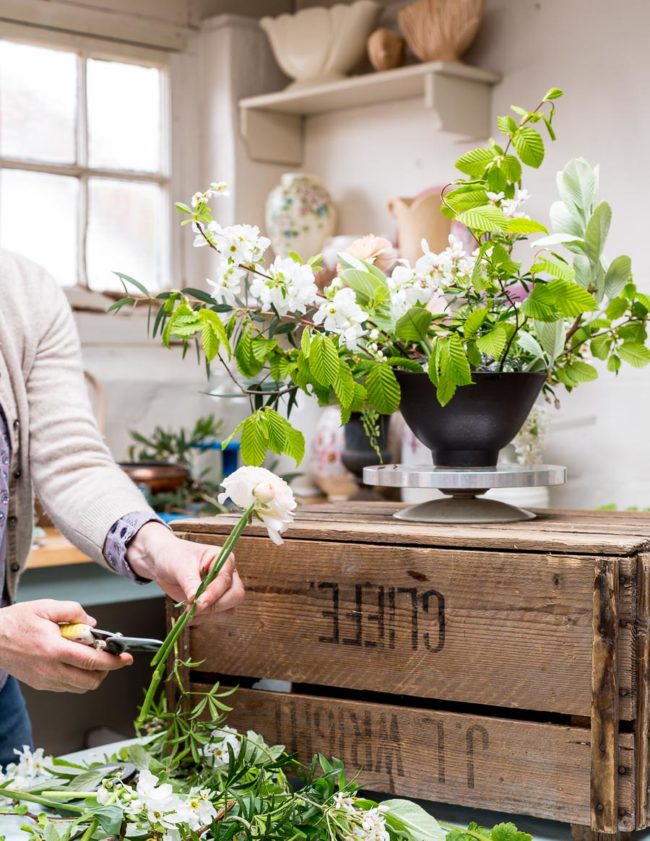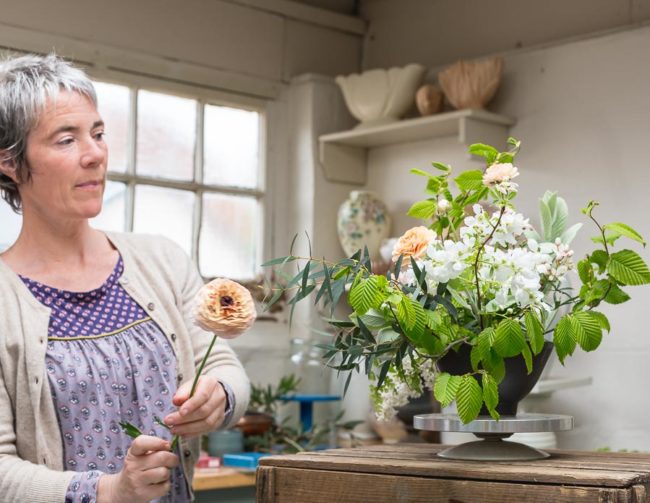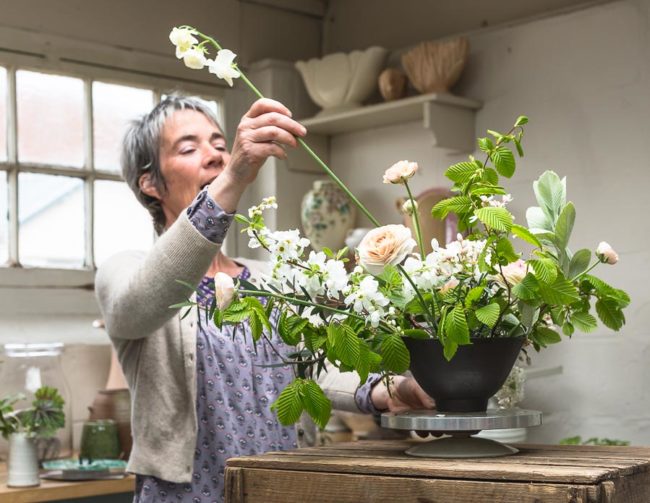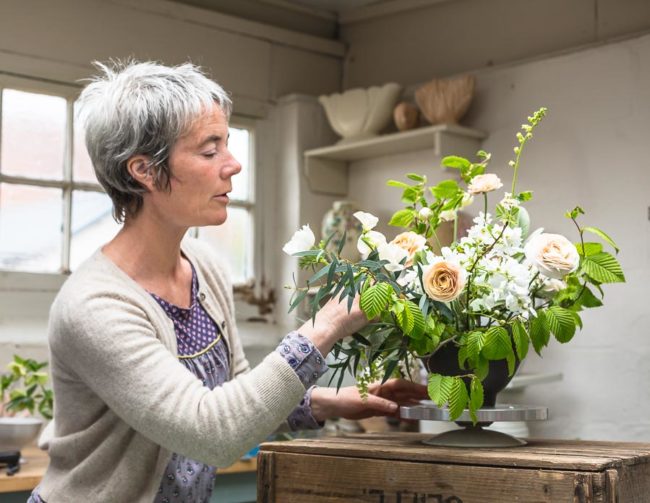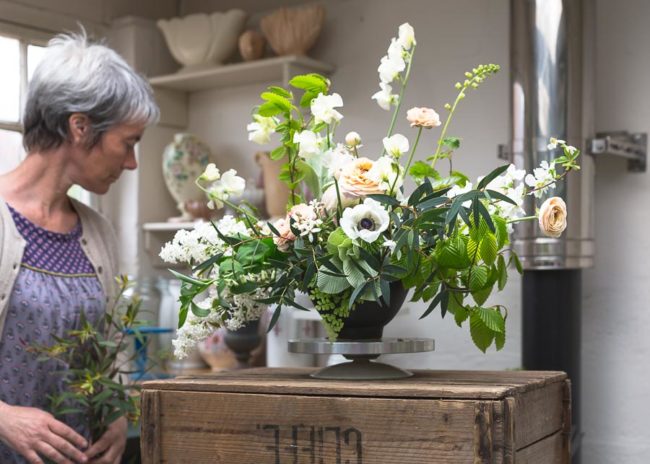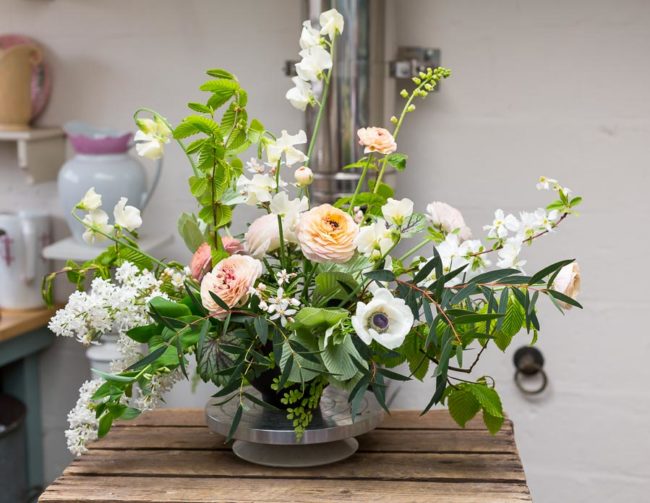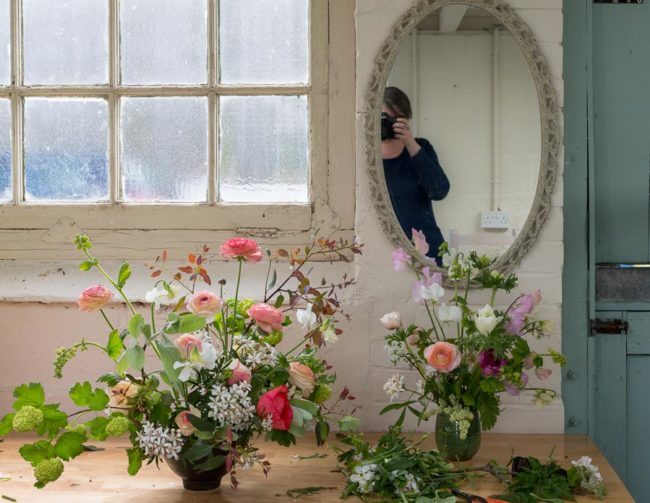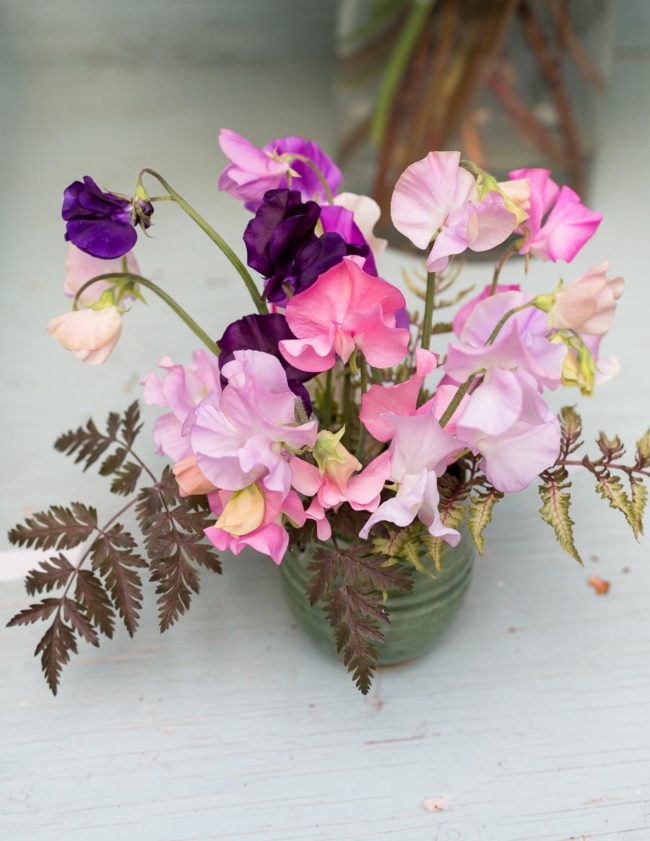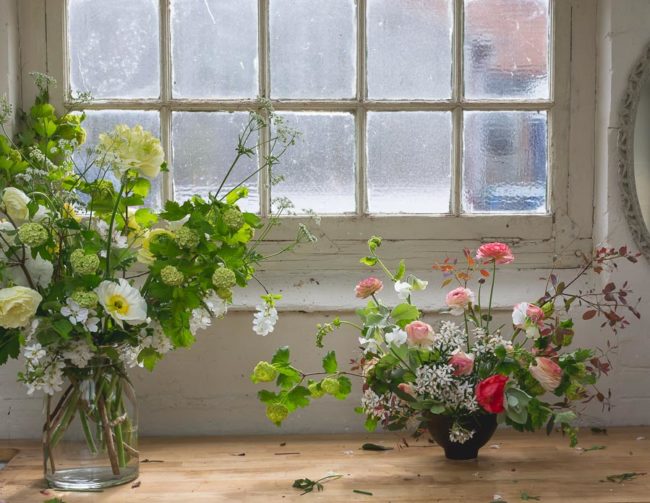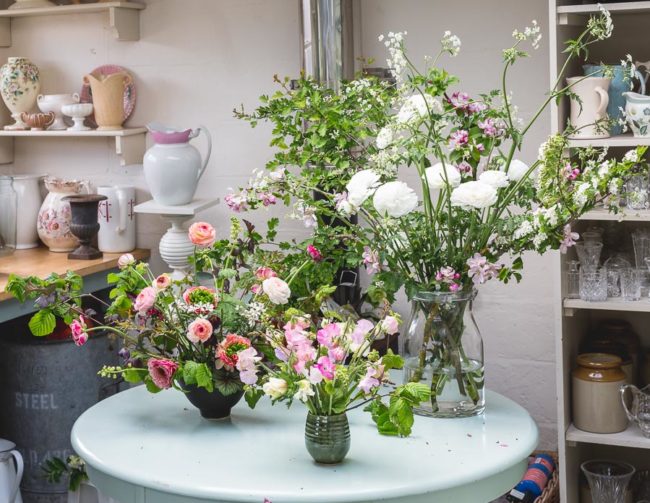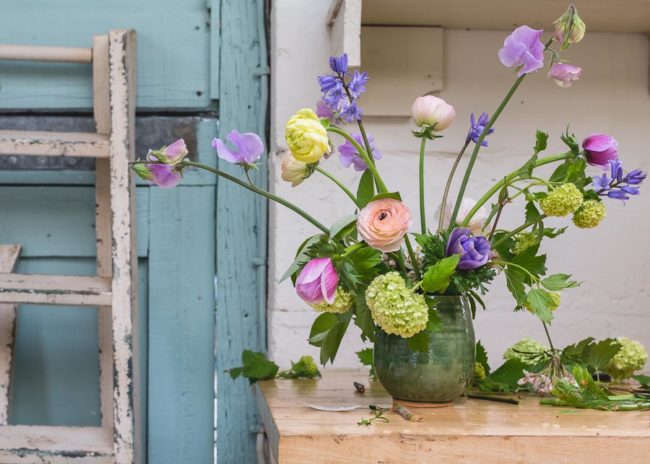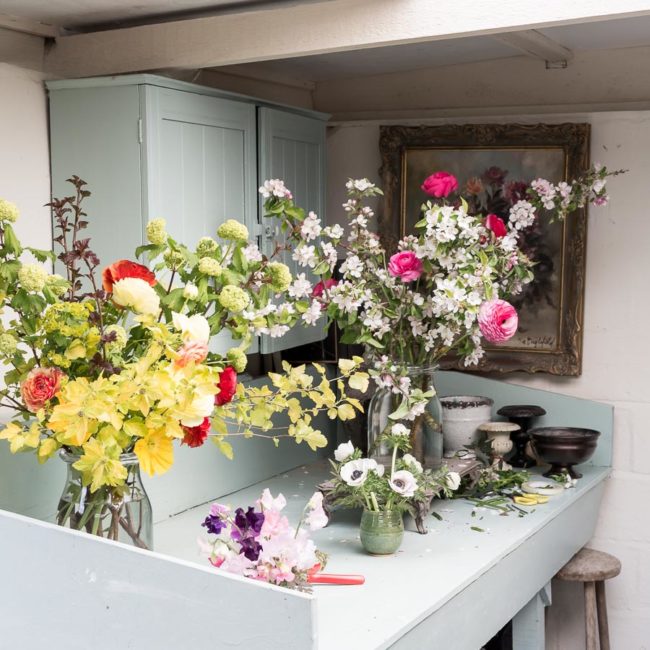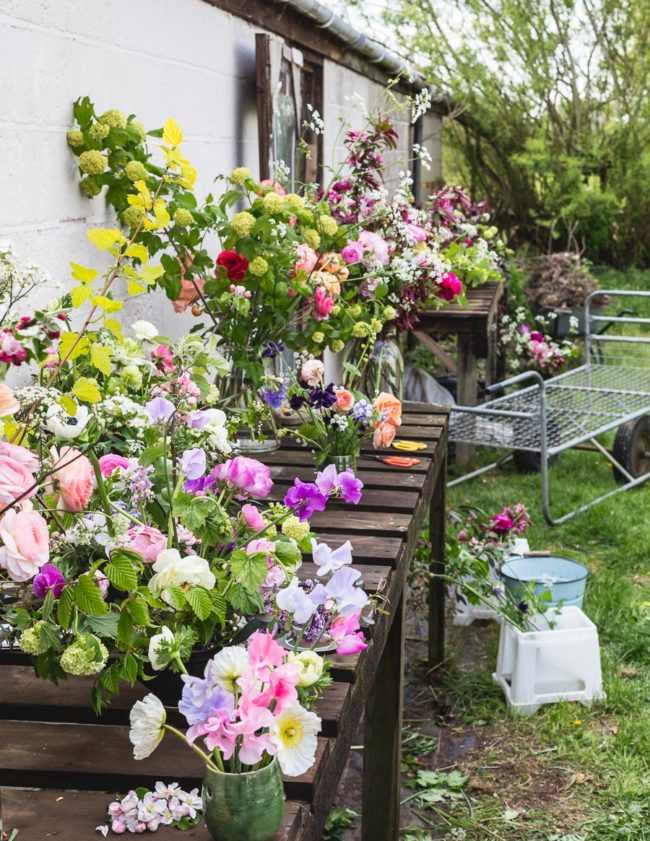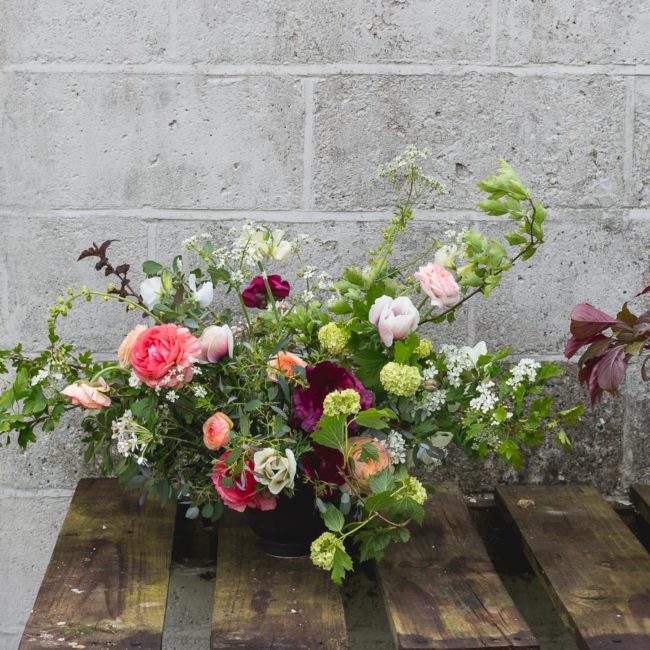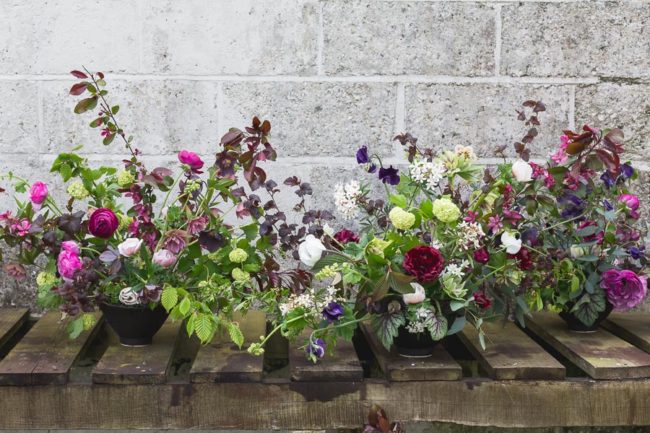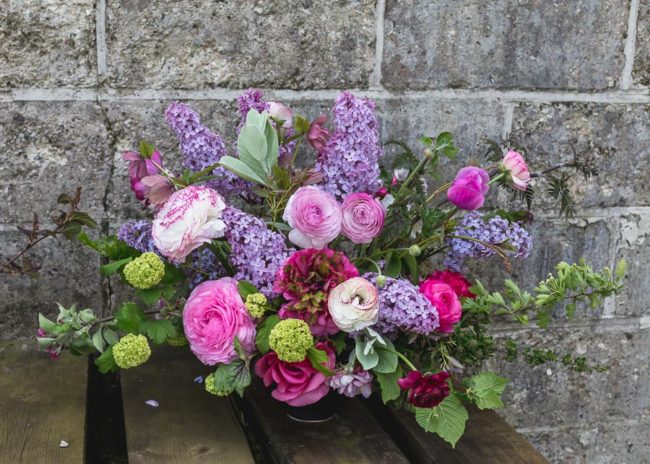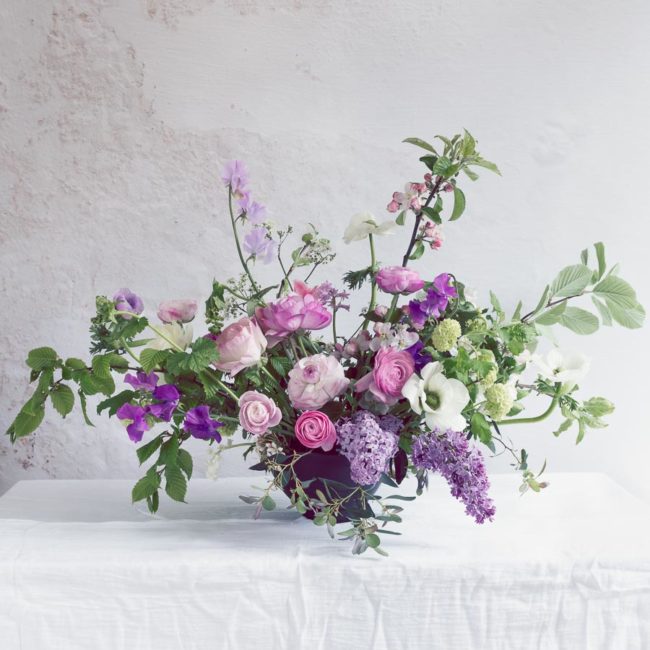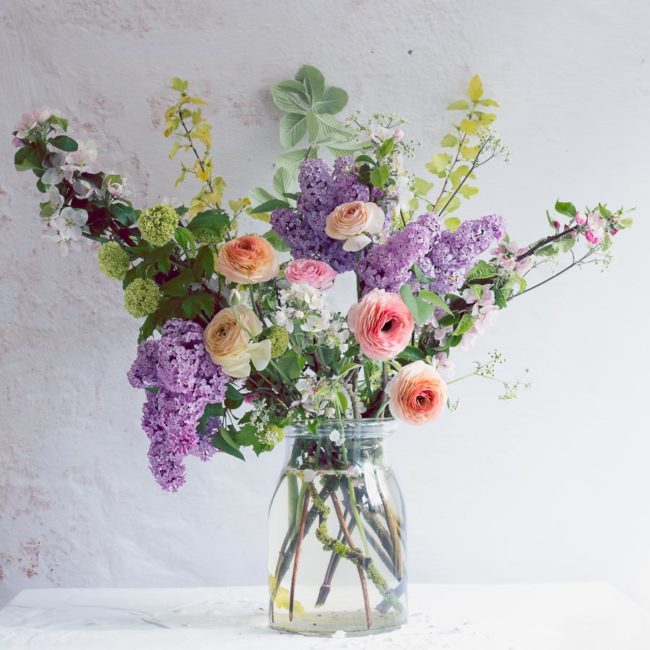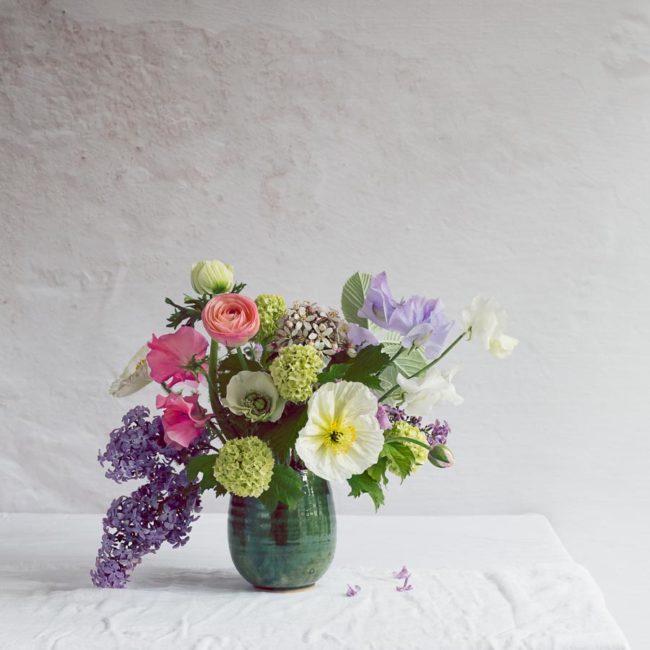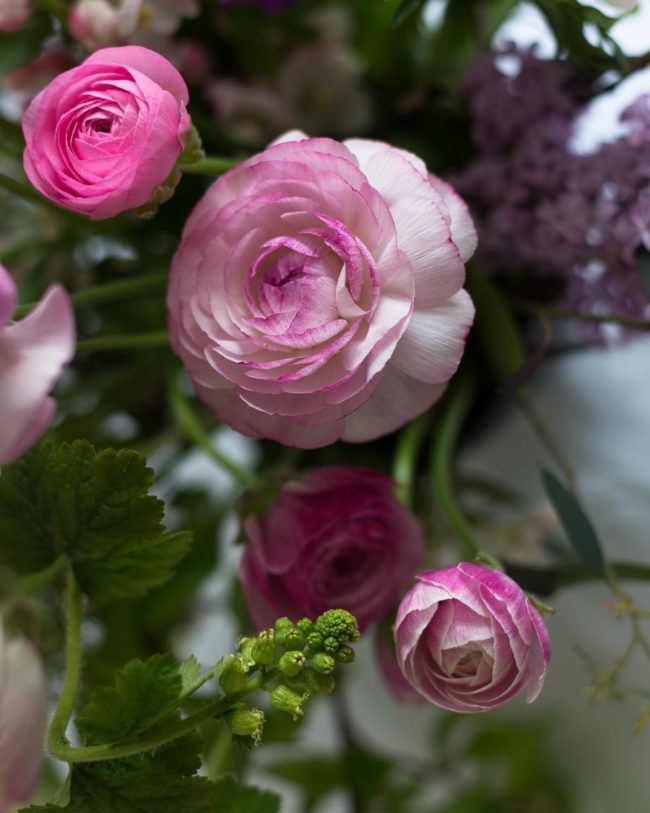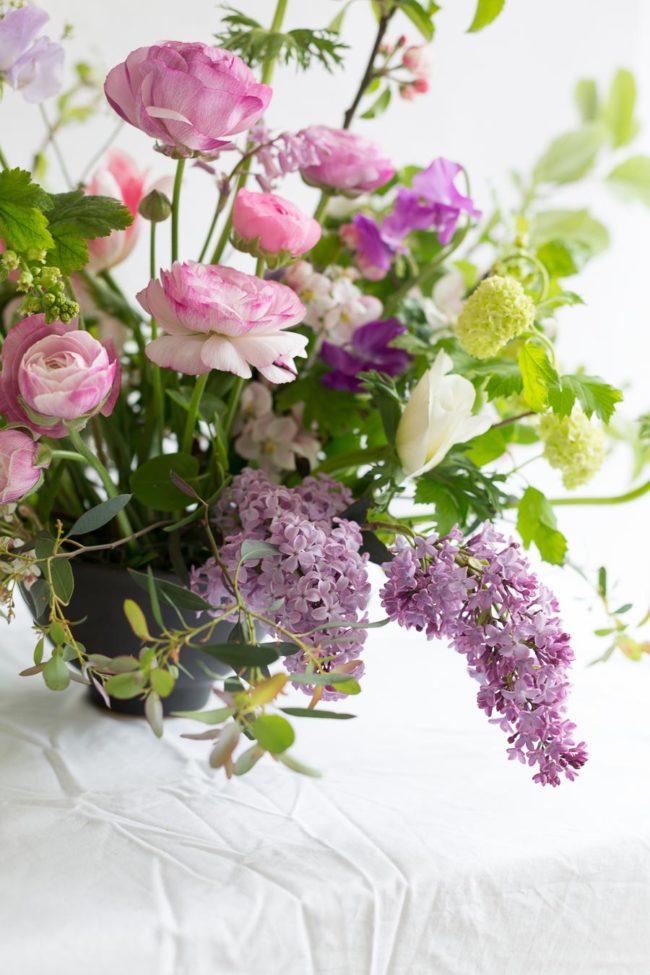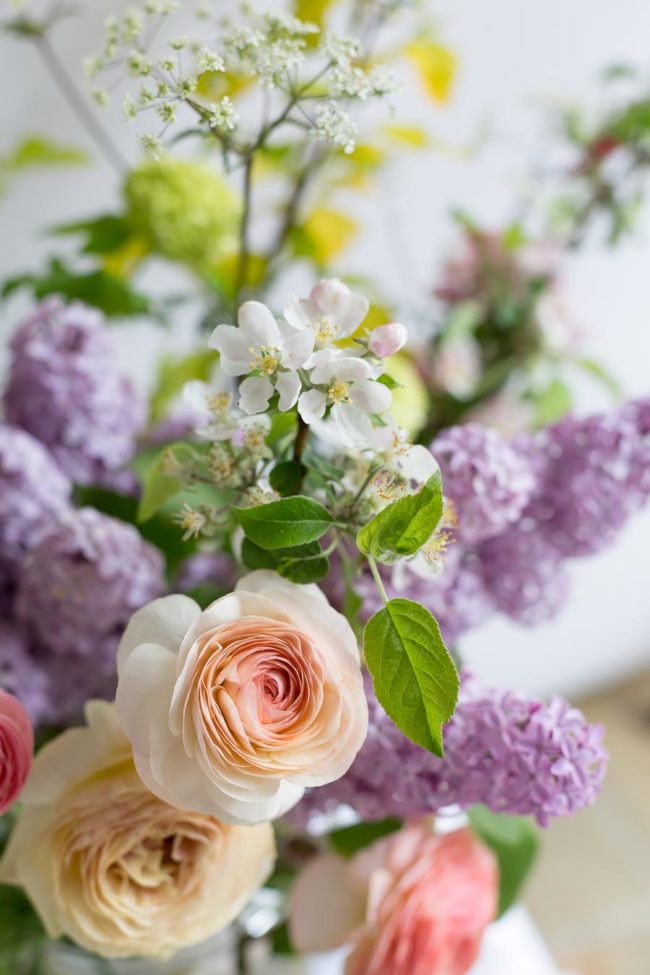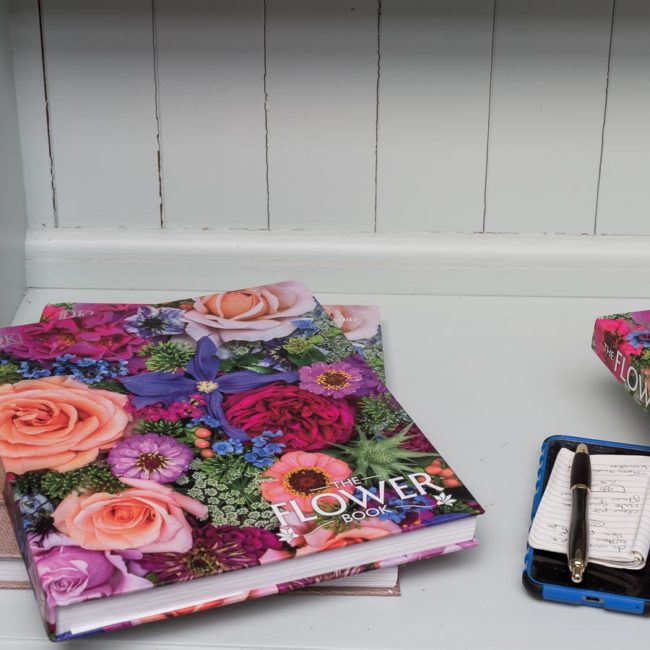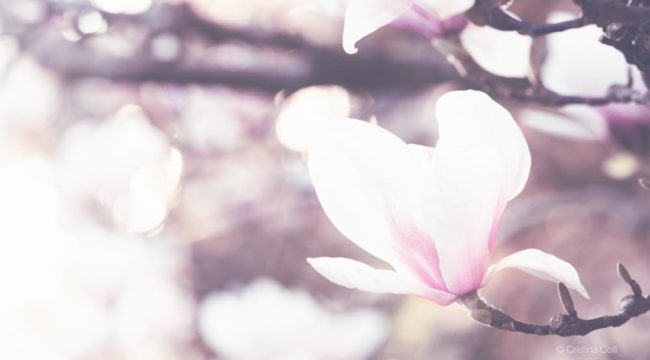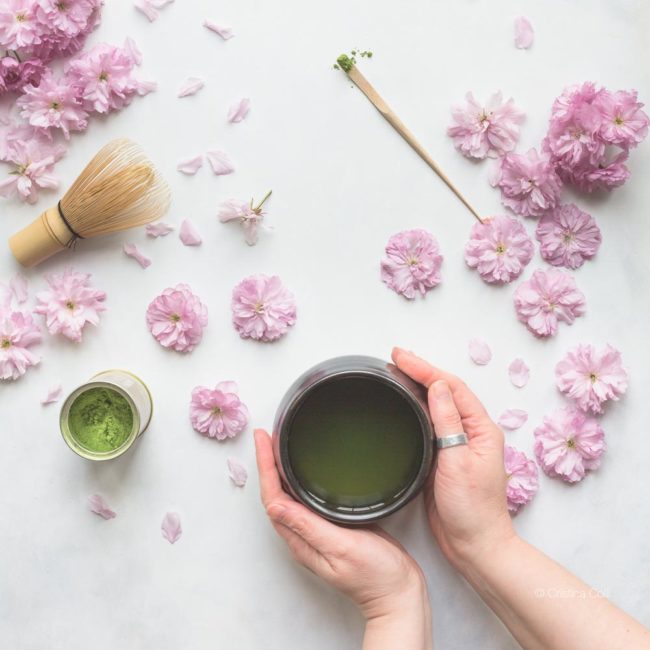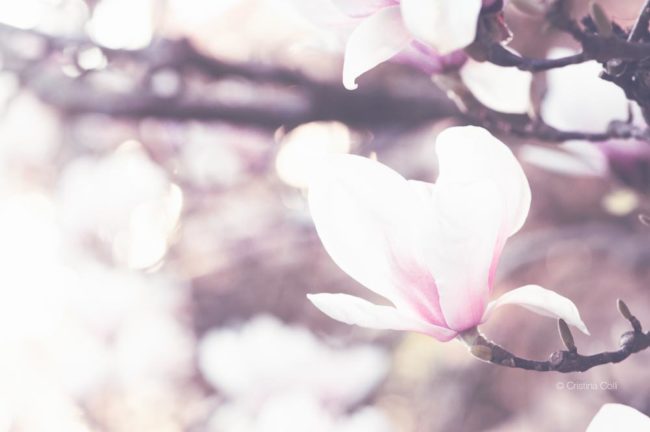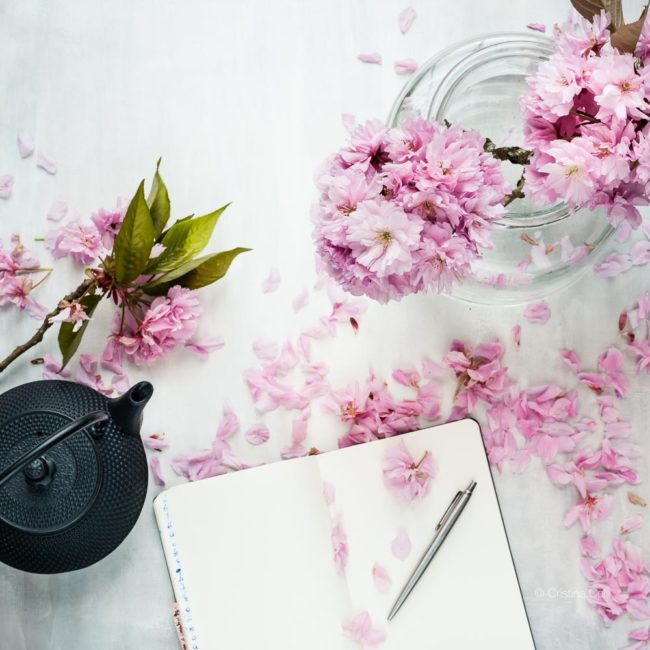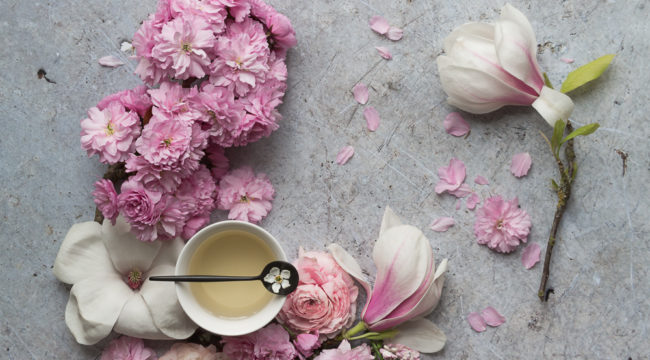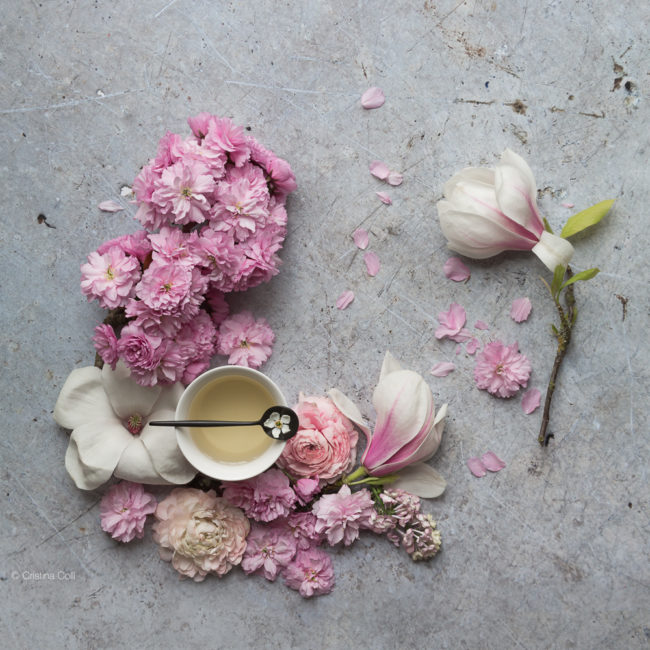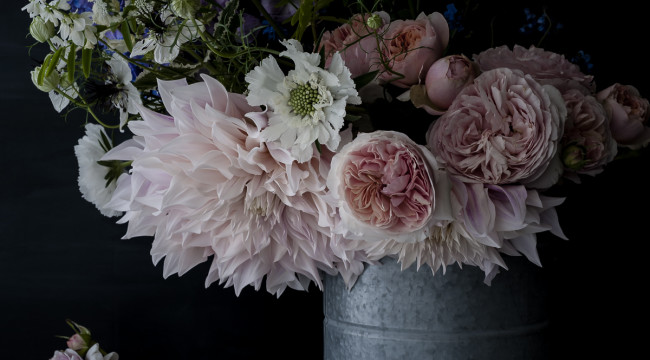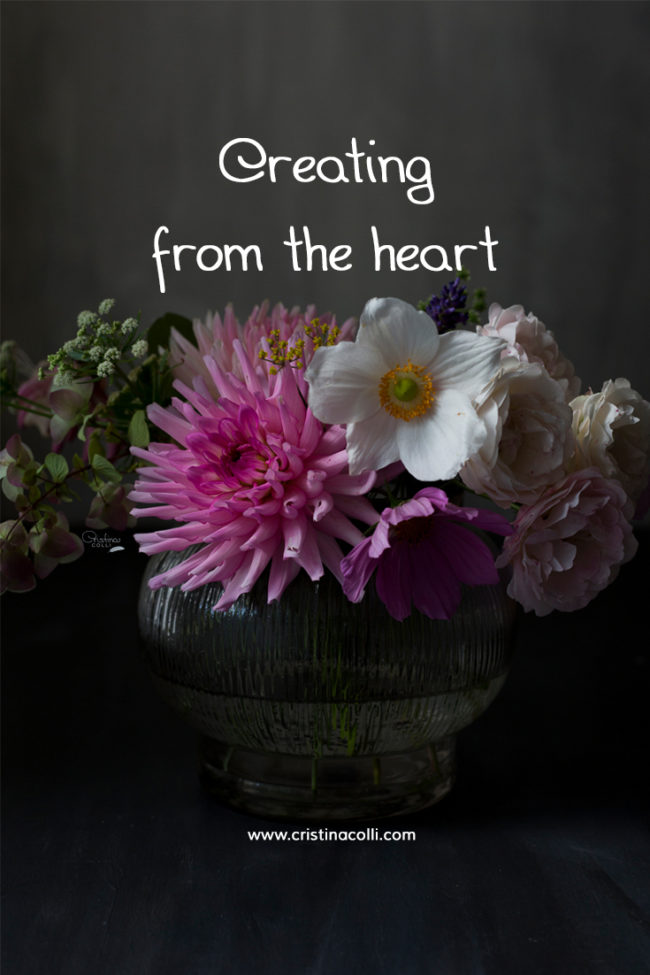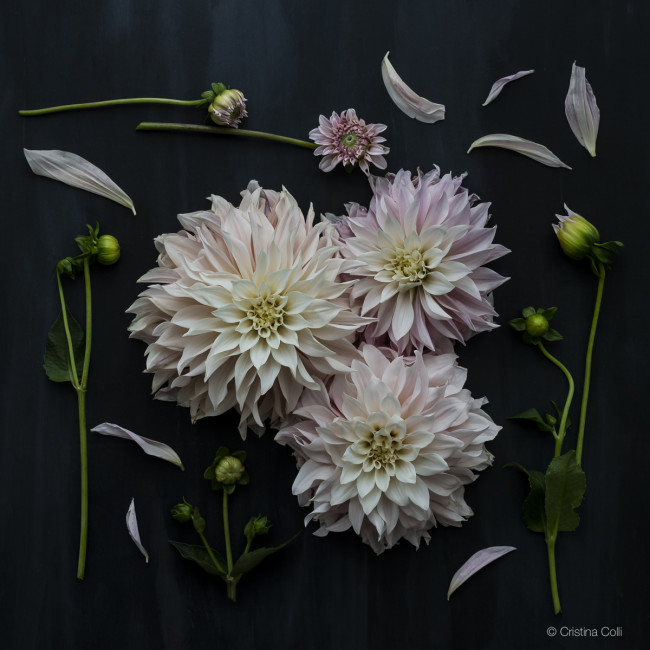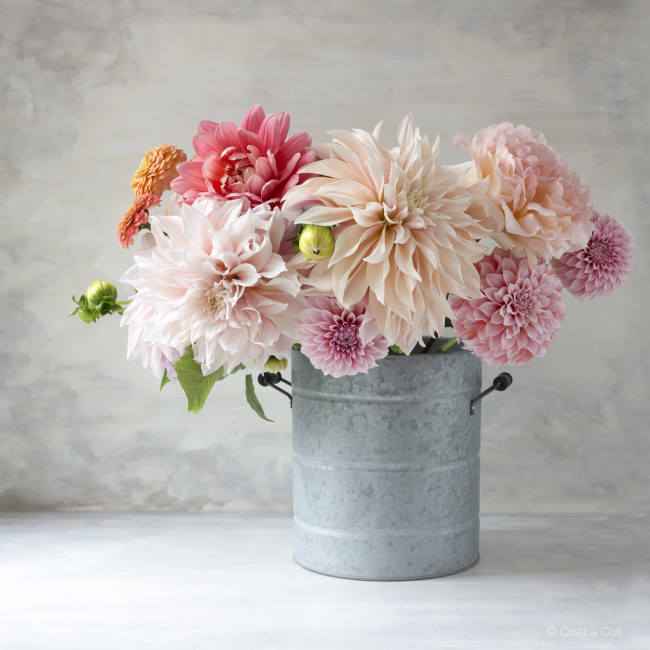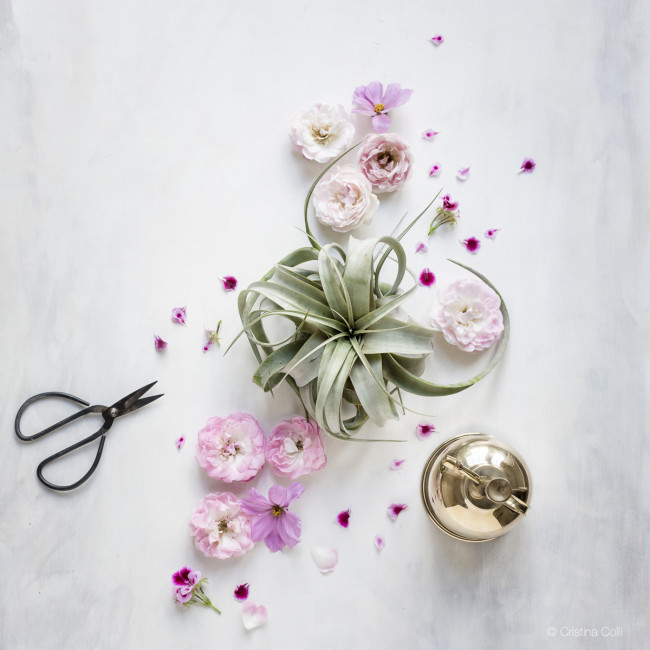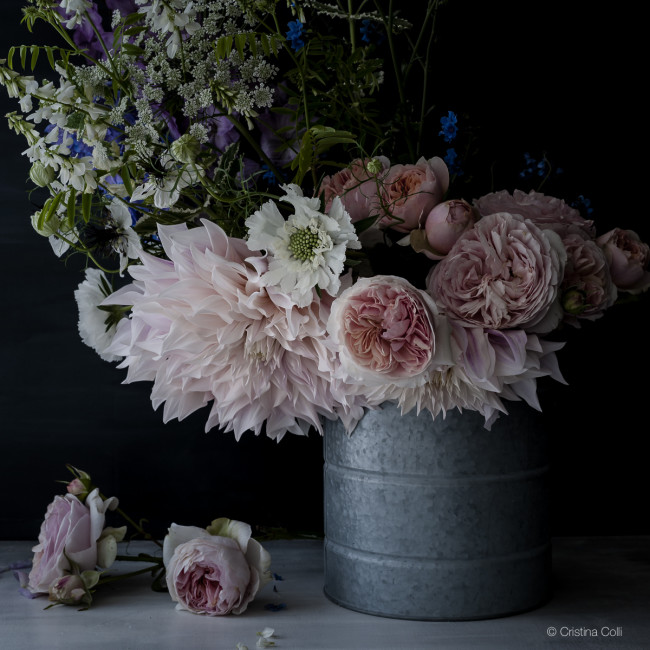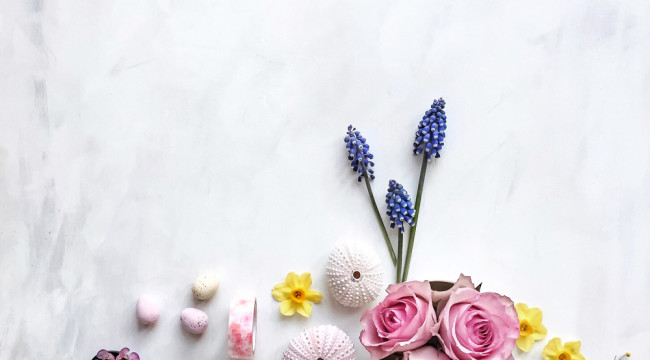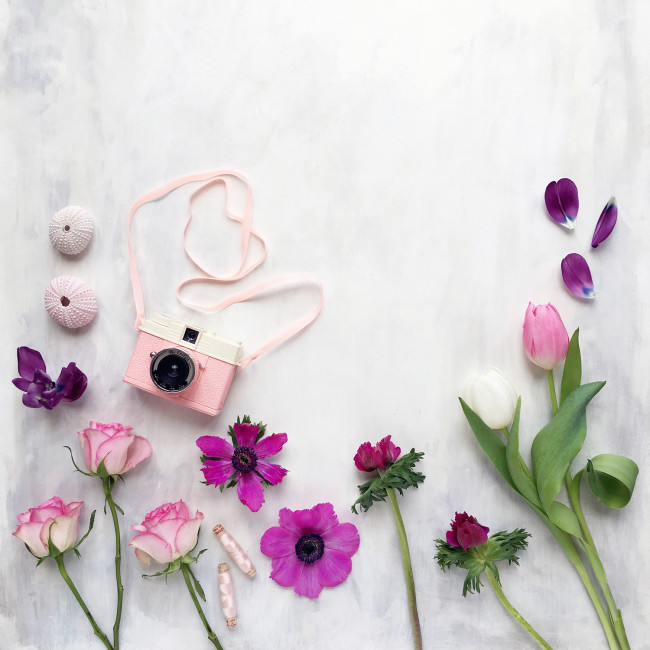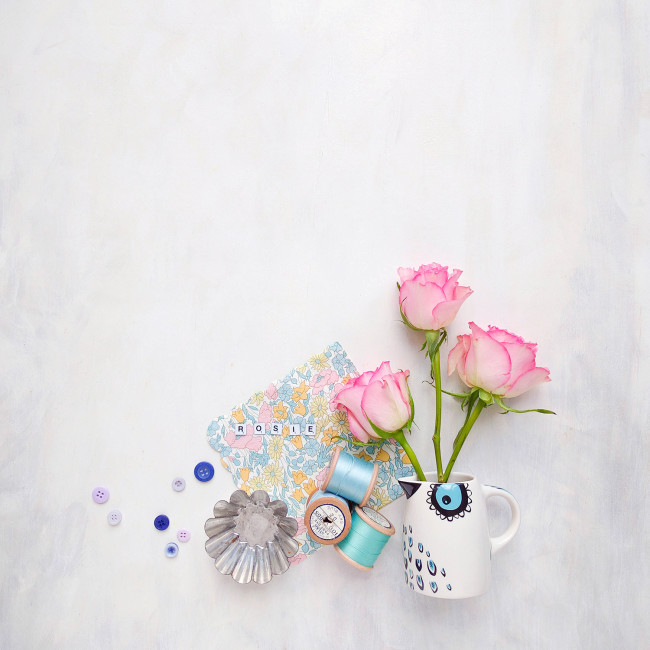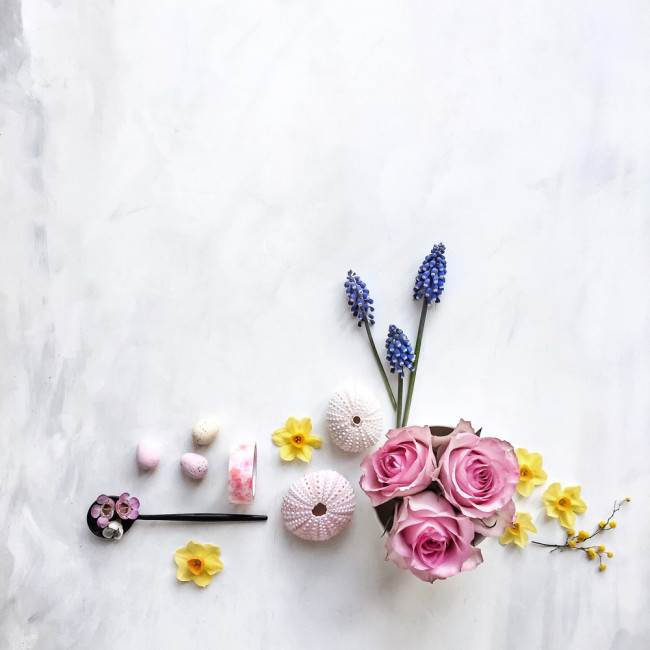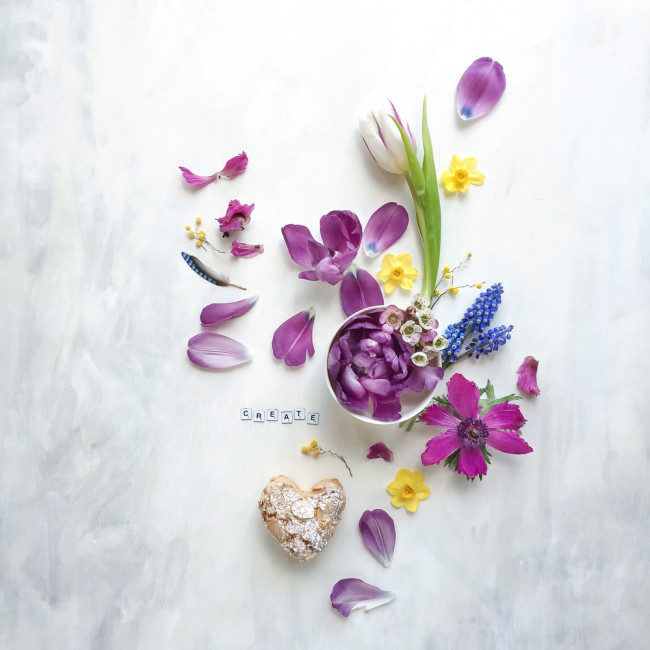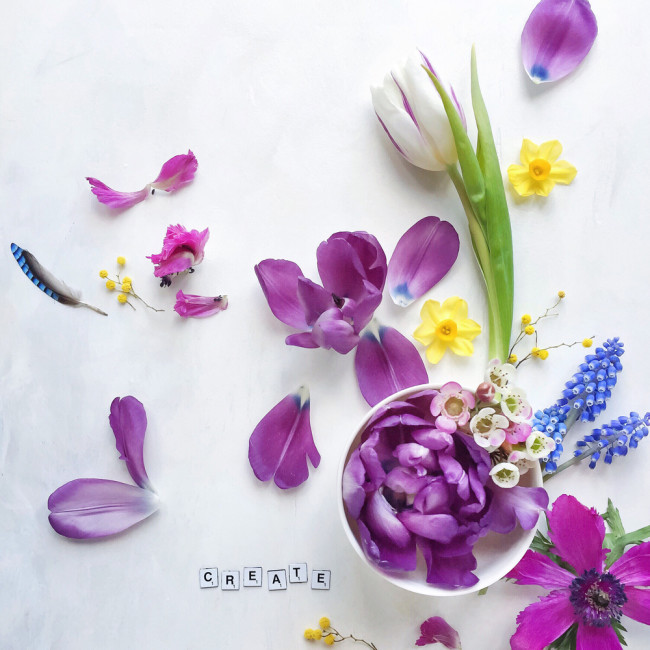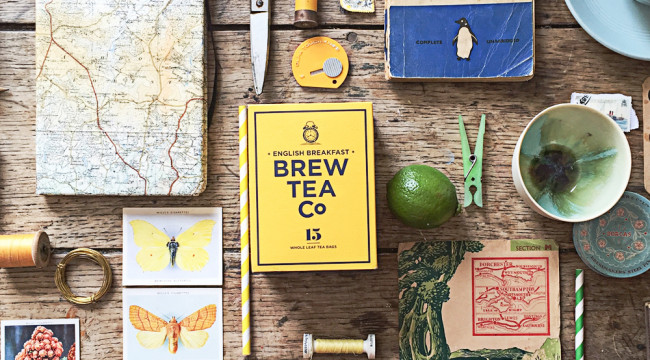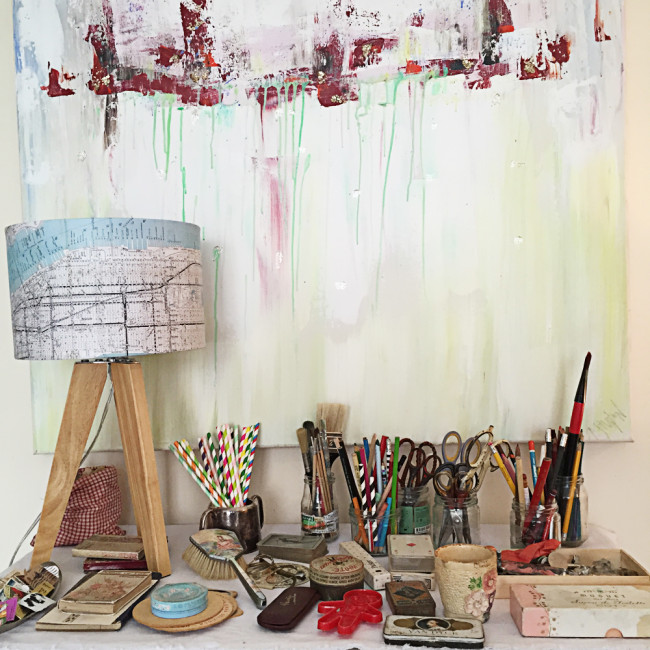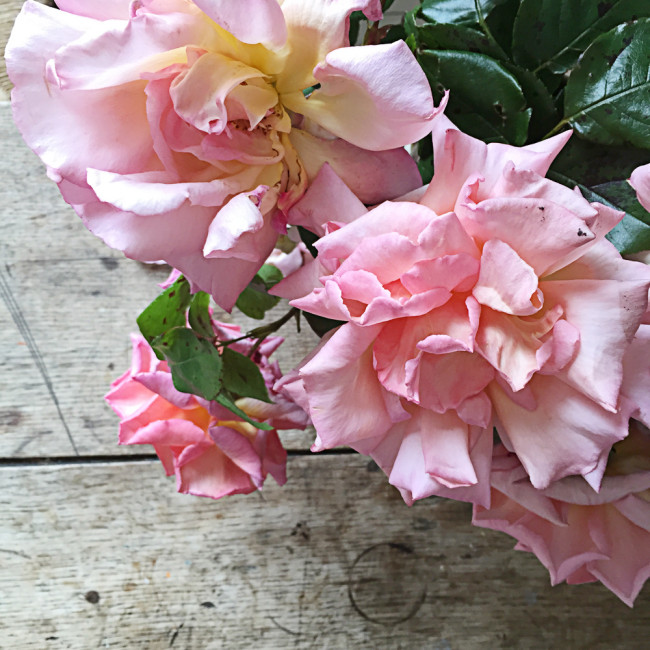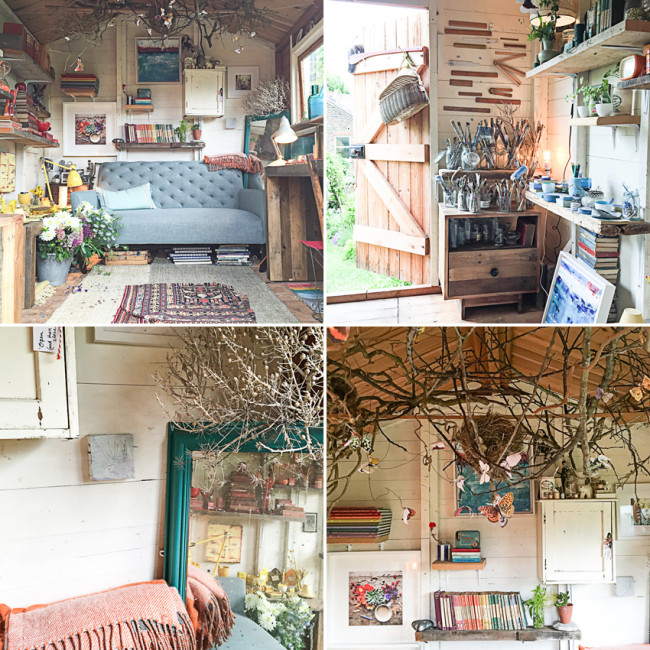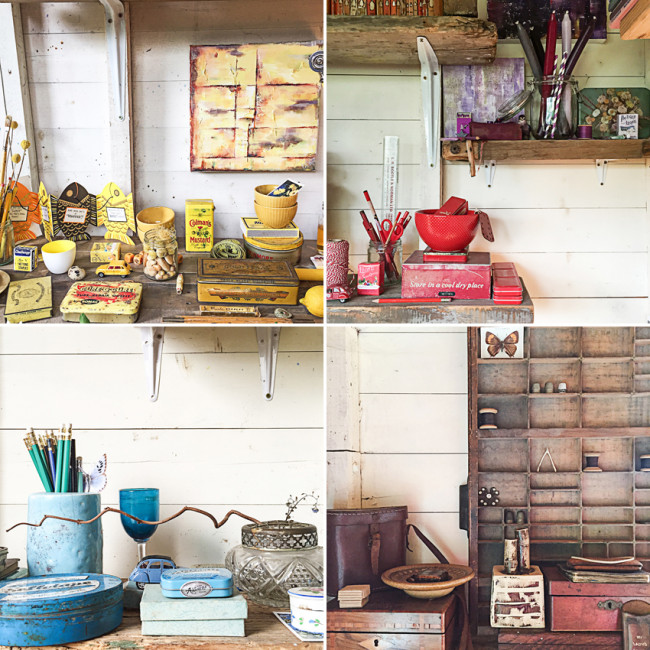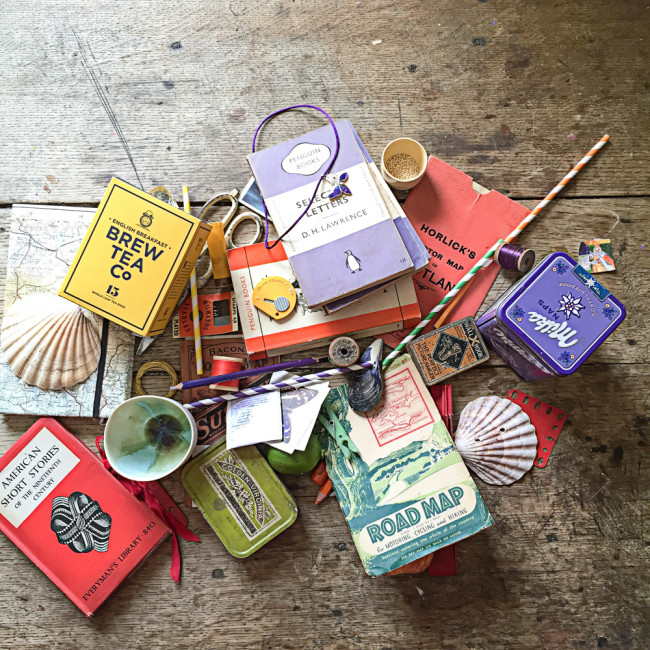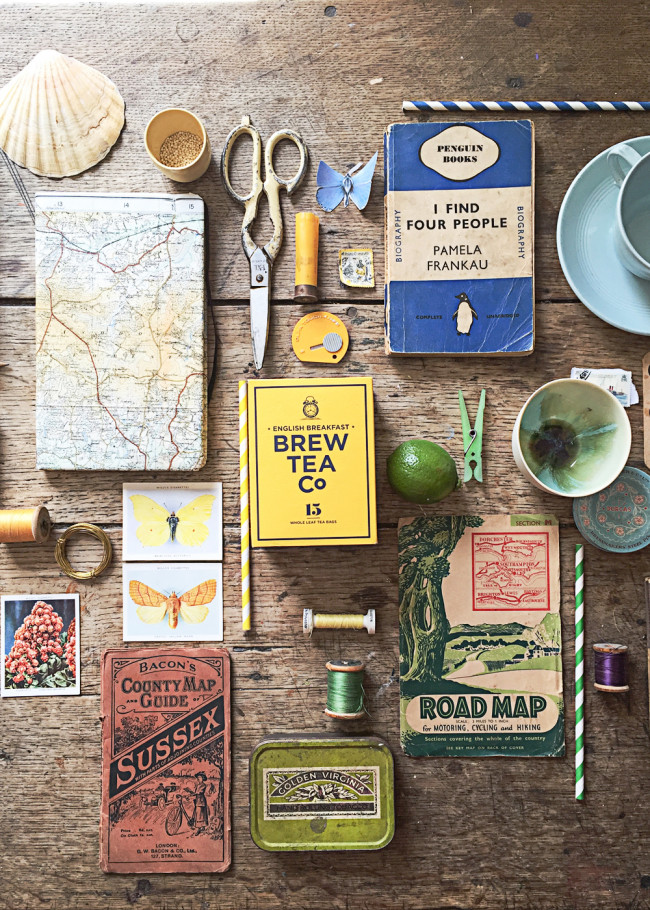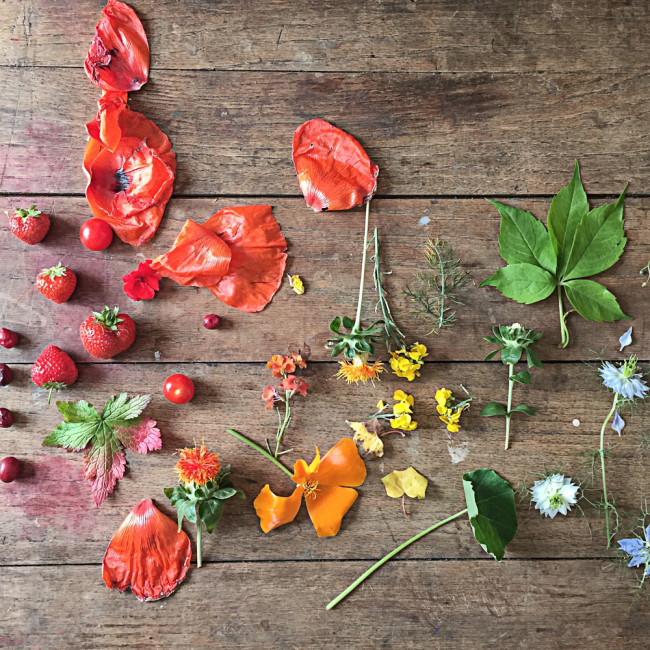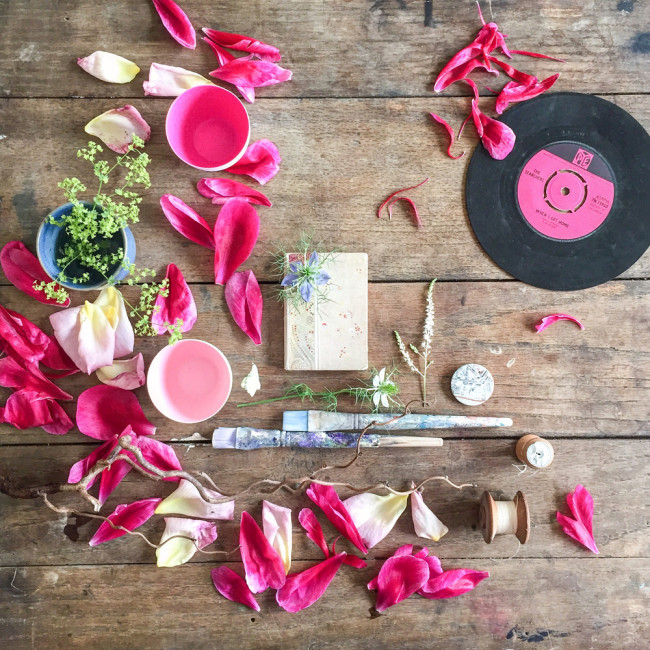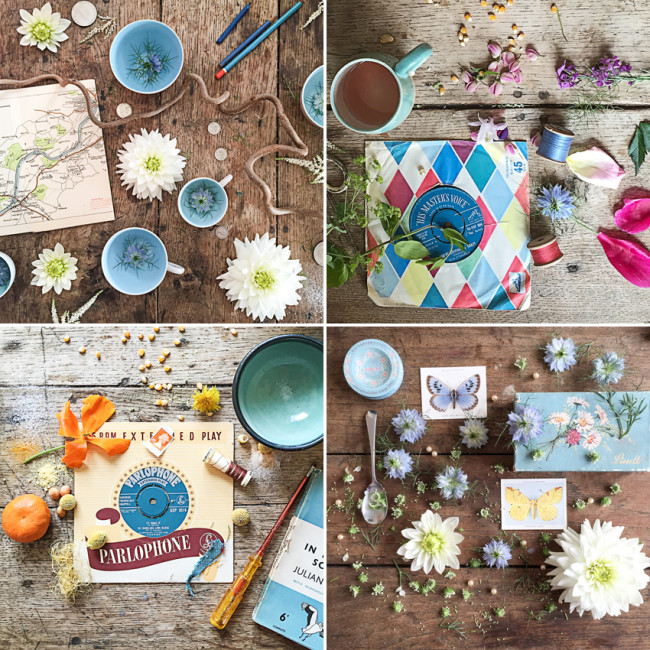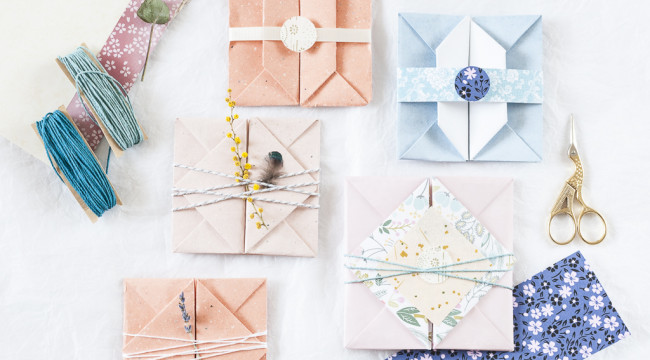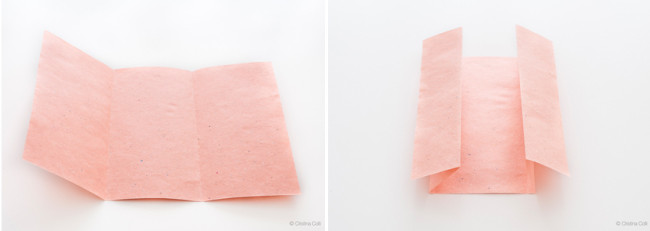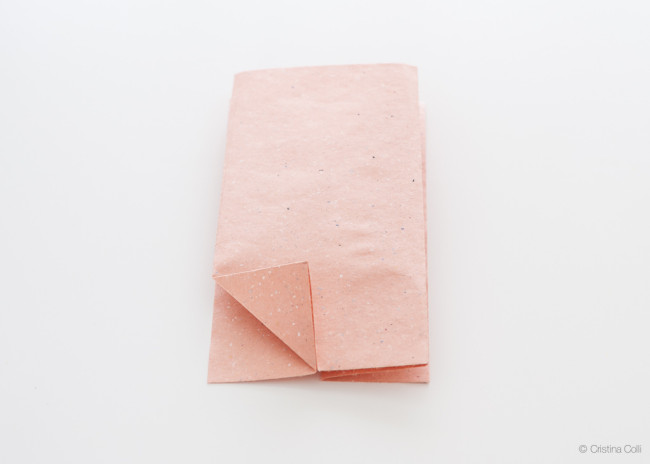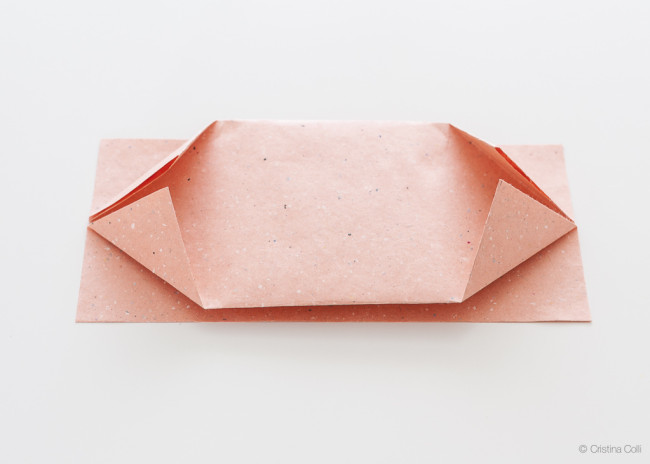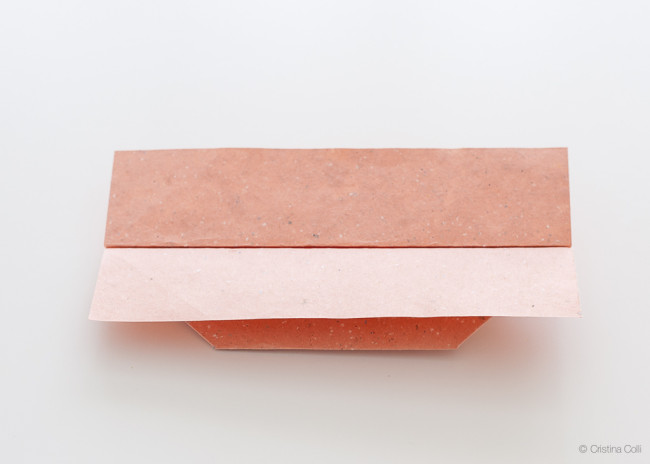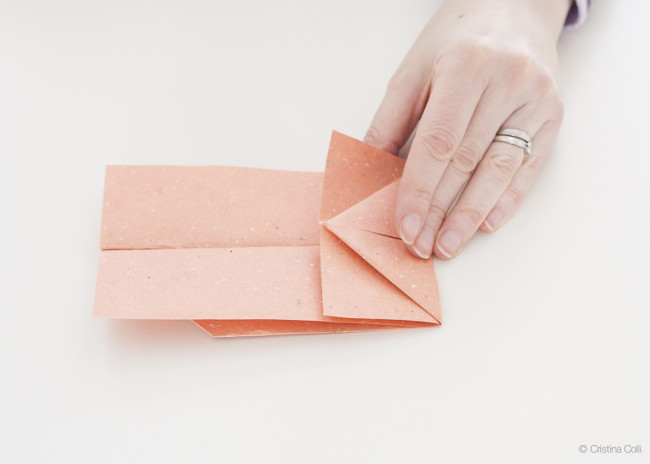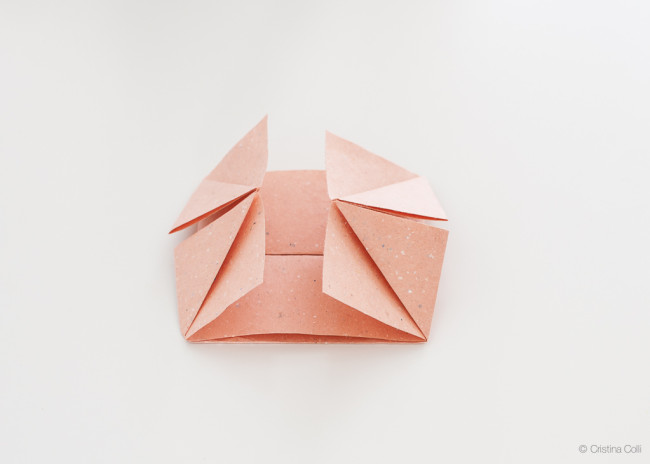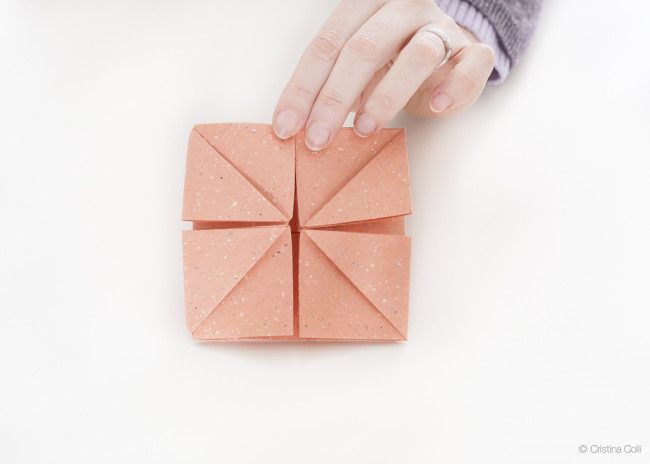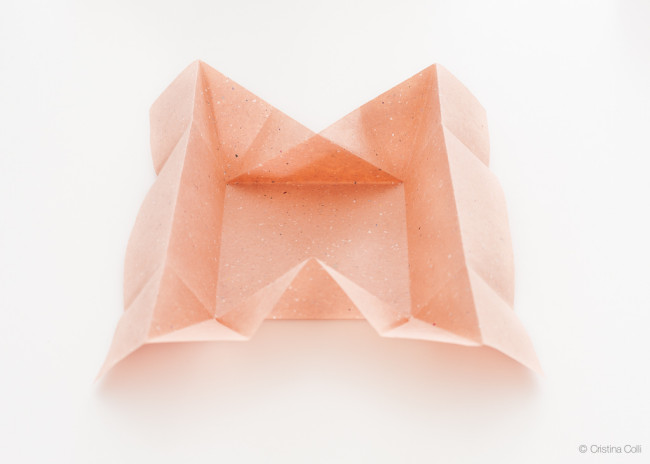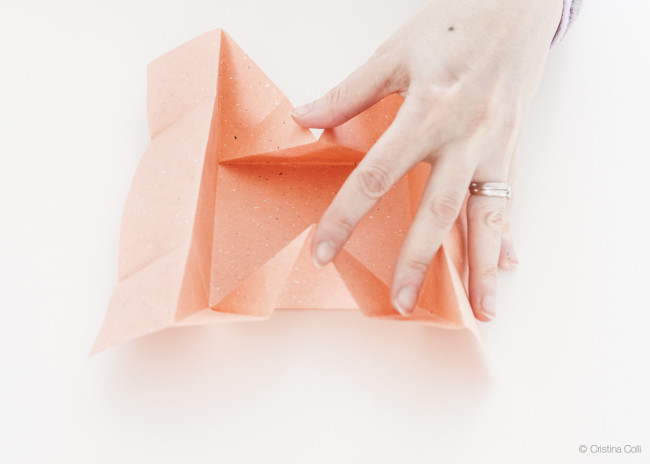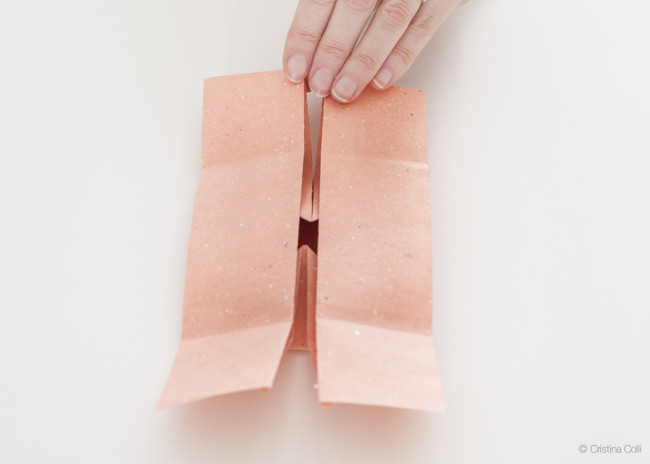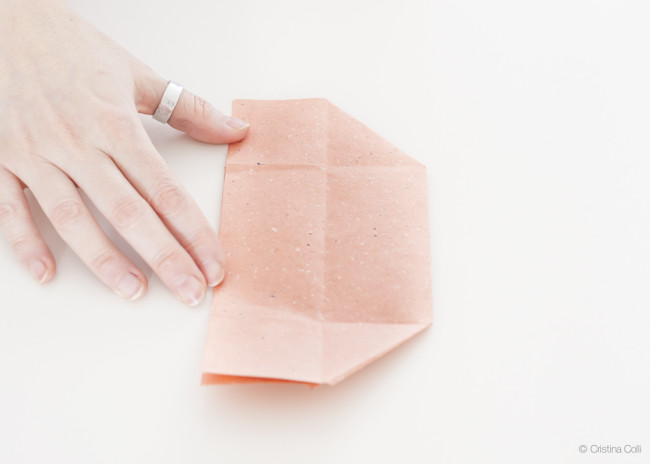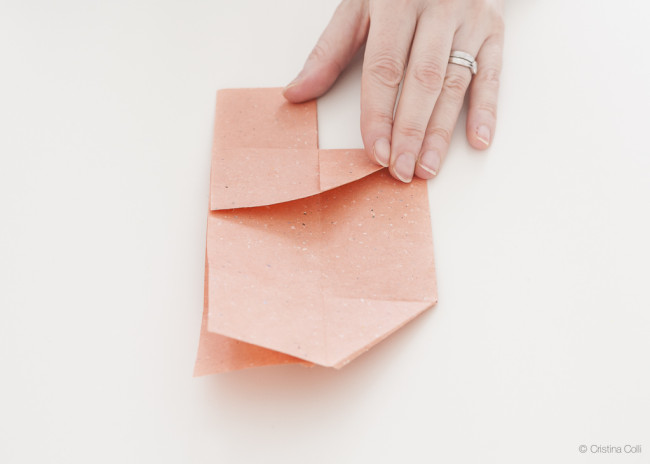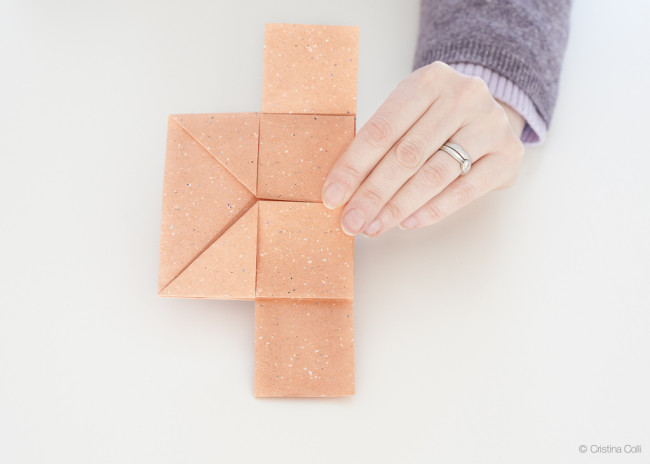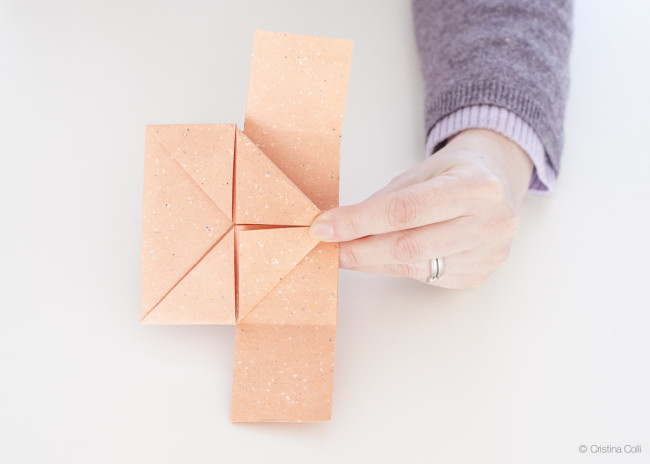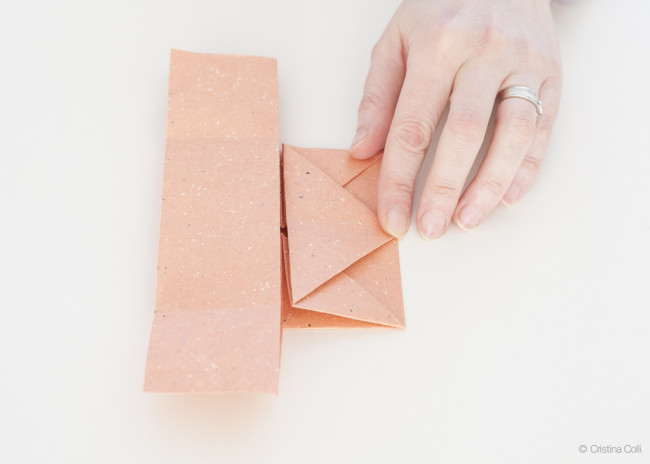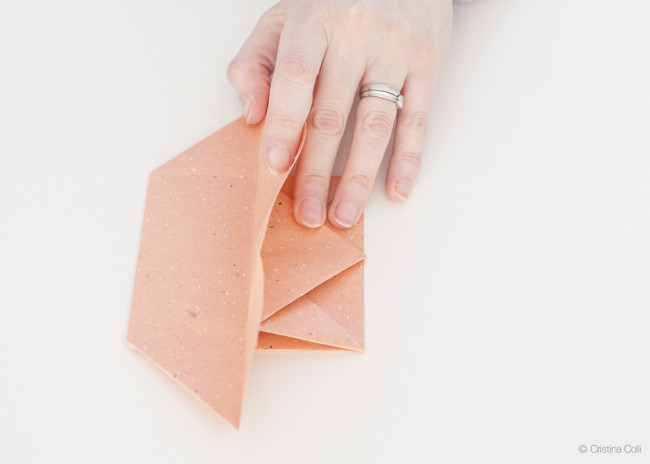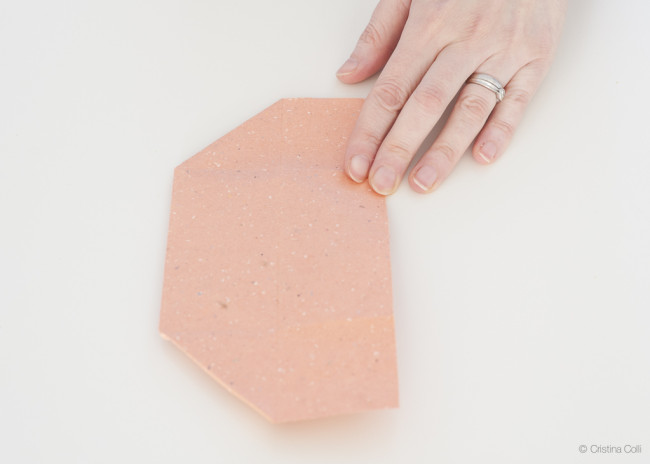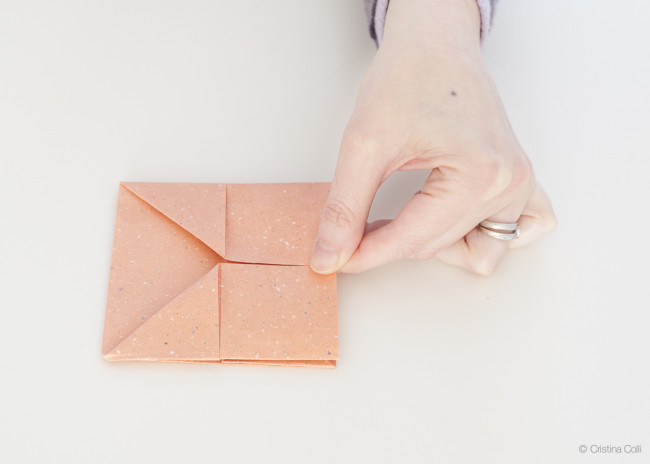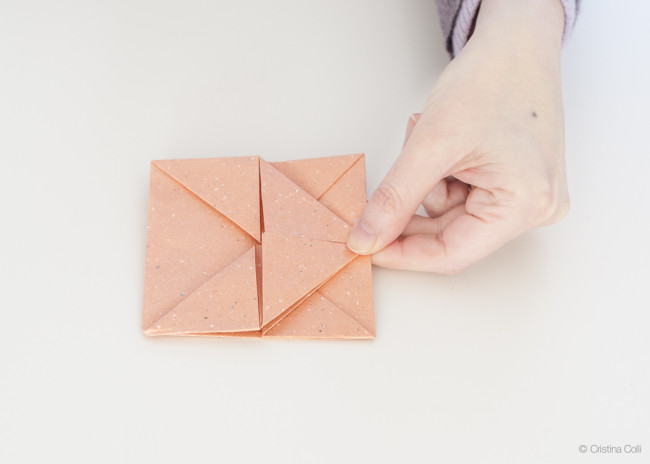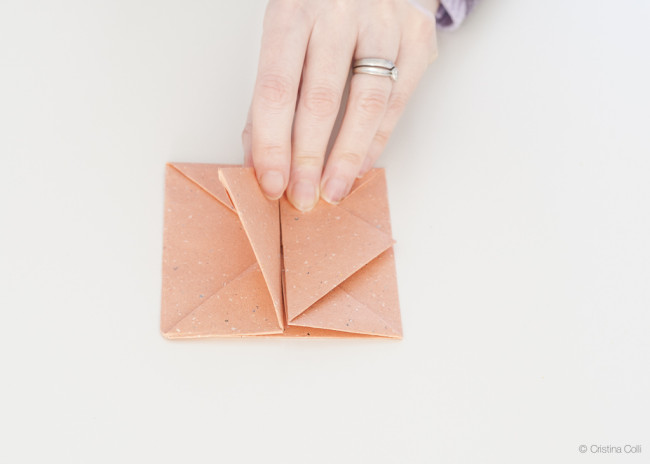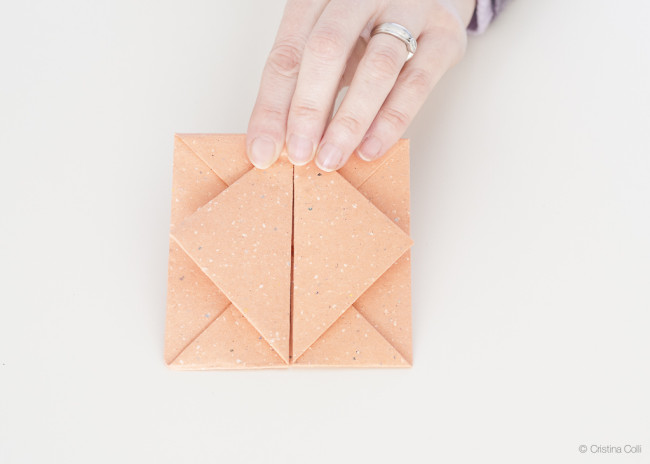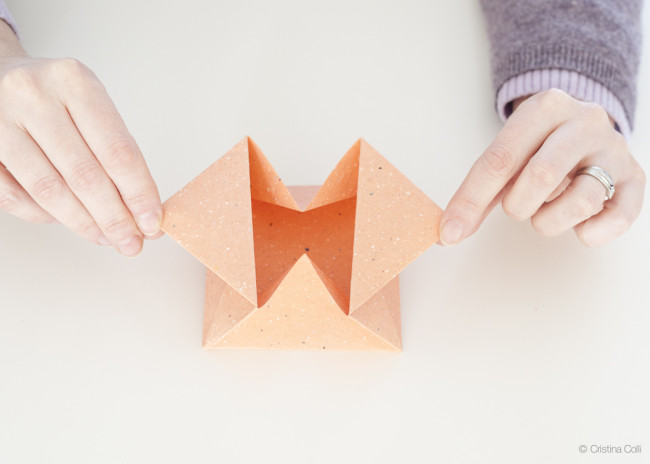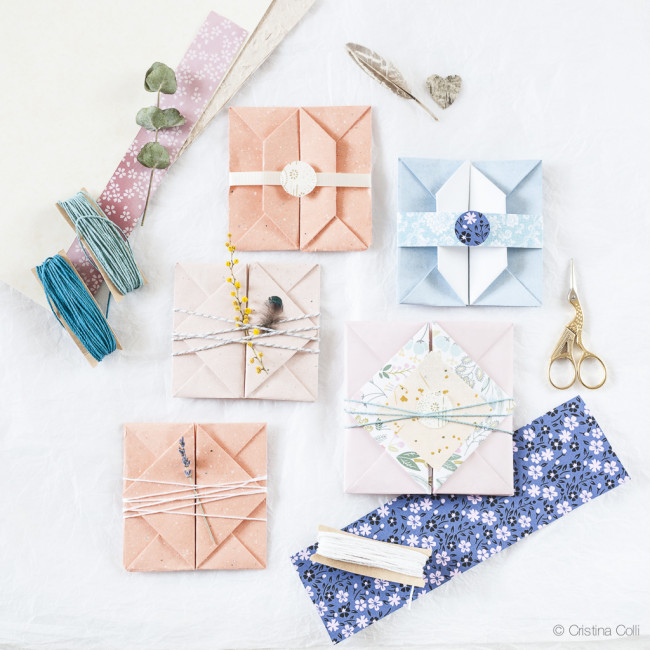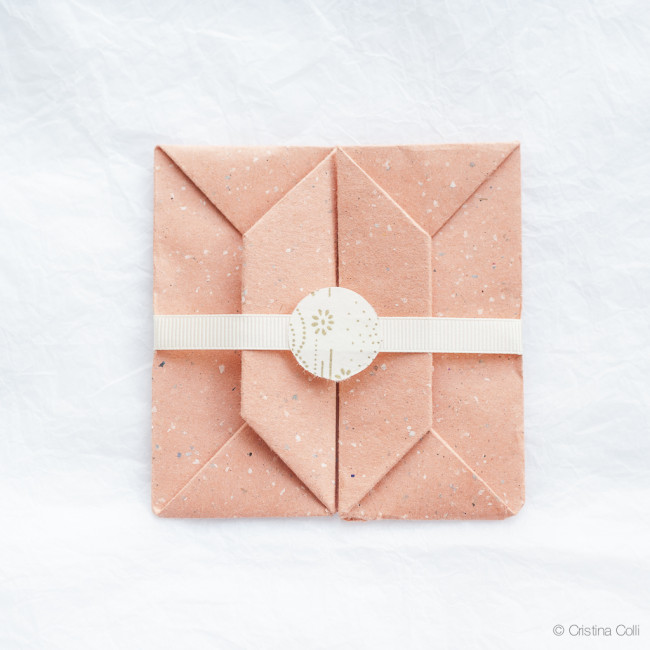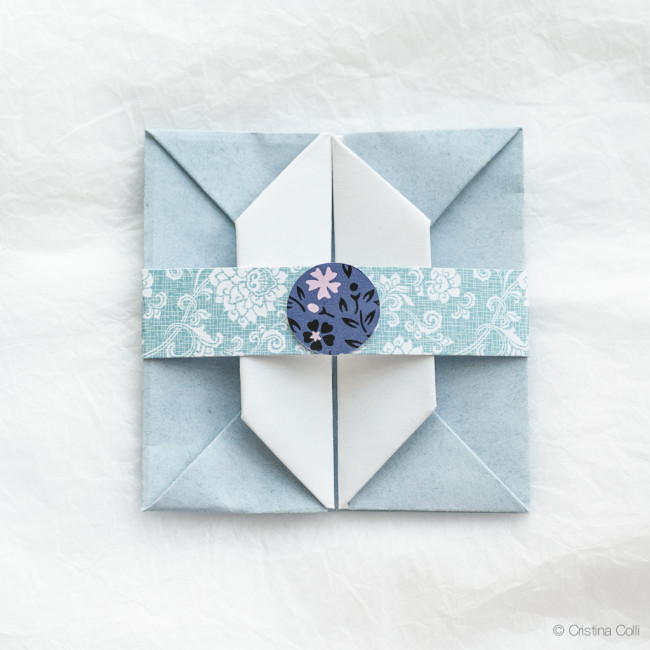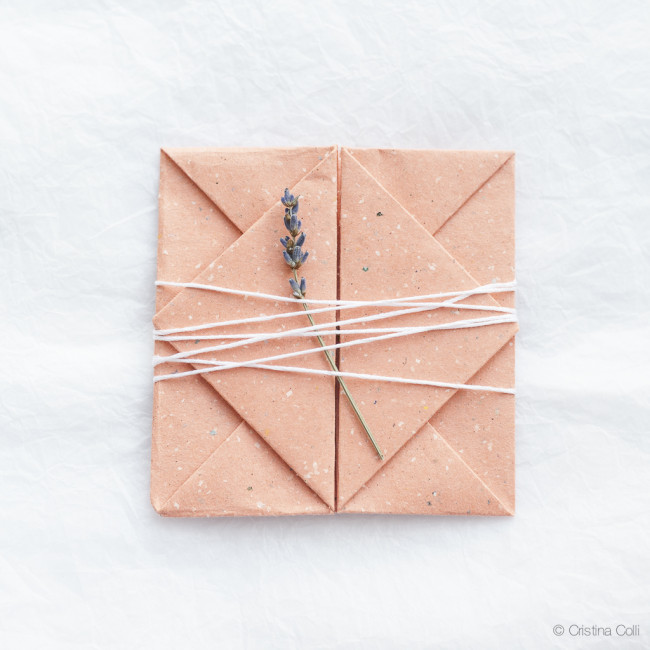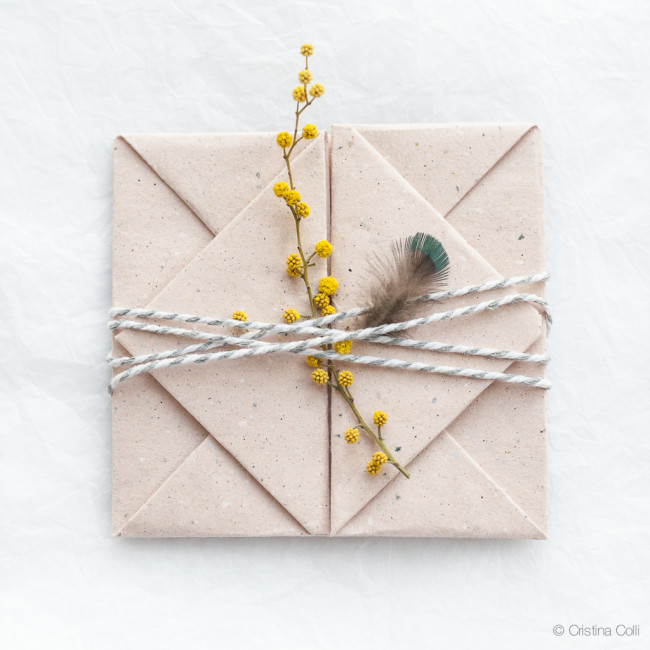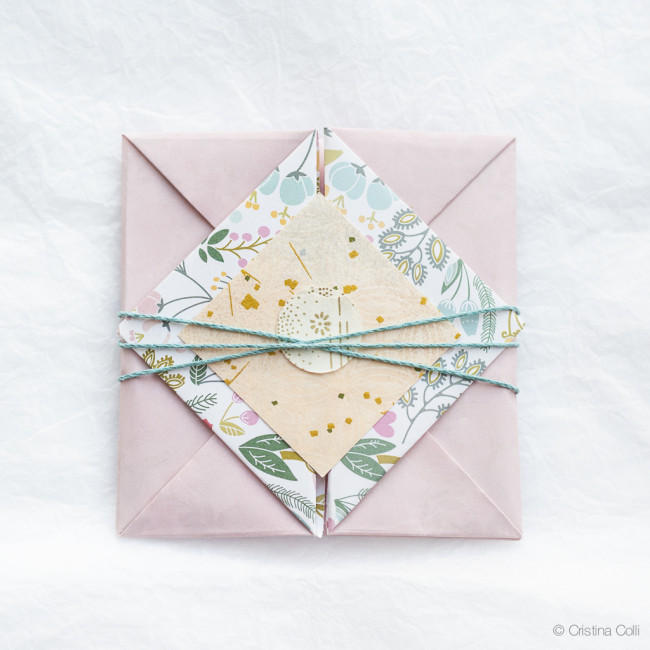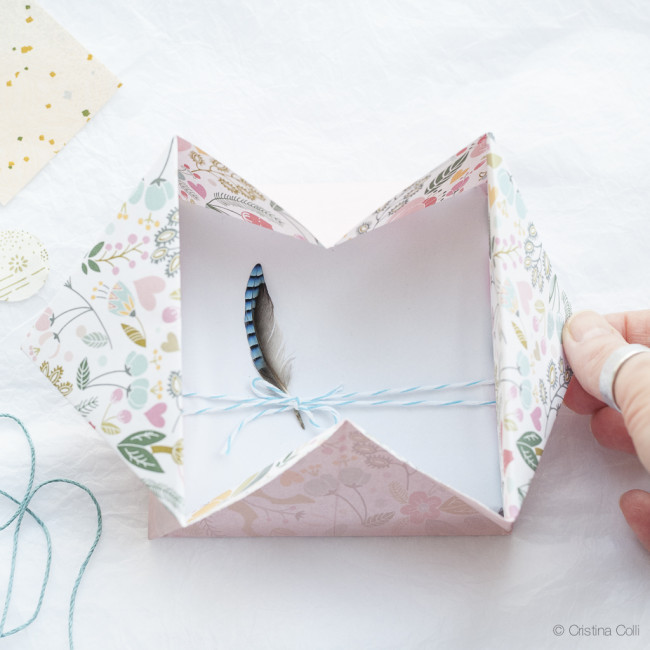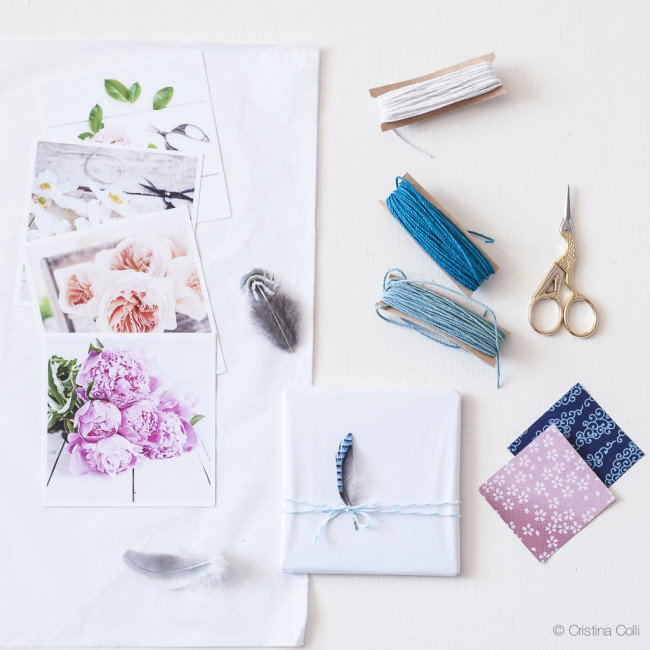Creativity & originality
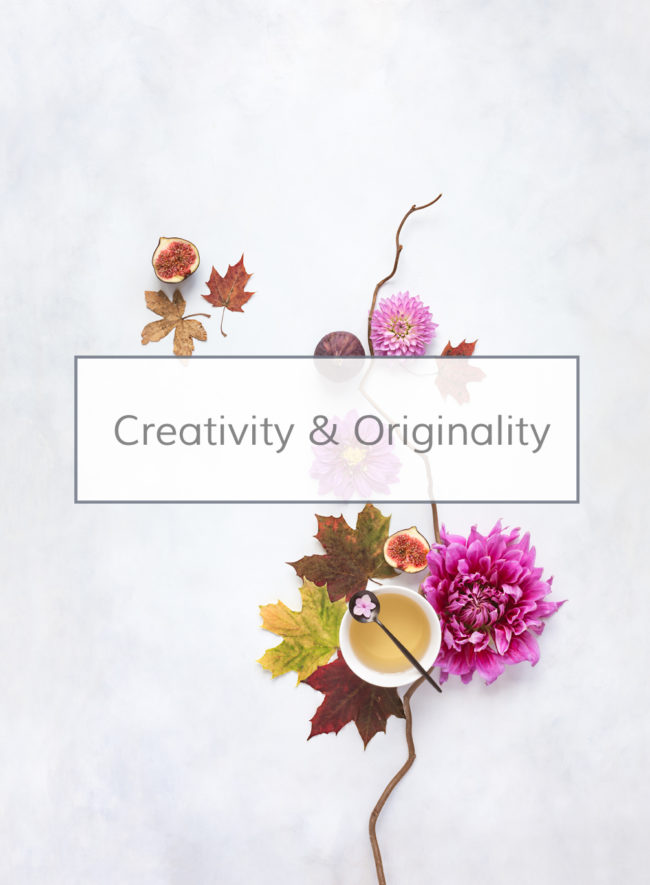
What is creativity? What does it mean to be creative? And is creativity the same as originality?
Let me tell you a story from my childhood.
When I was 12 years old the school programme began to include art classes. We learned about colour, explored simple painting techniques, and studied a bit of art history.
One day the teacher demonstrated how to blend long swiping strokes of paint in shades of blue to give the impression of water.
I liked the idea of using shades of the same colour, but instead of blending the strokes I painted long lines of similar colours side by side, and started to use this technique for all my paintings.
I loved the sense of movement that the repeating lines evoked, and the way I could play with colour.
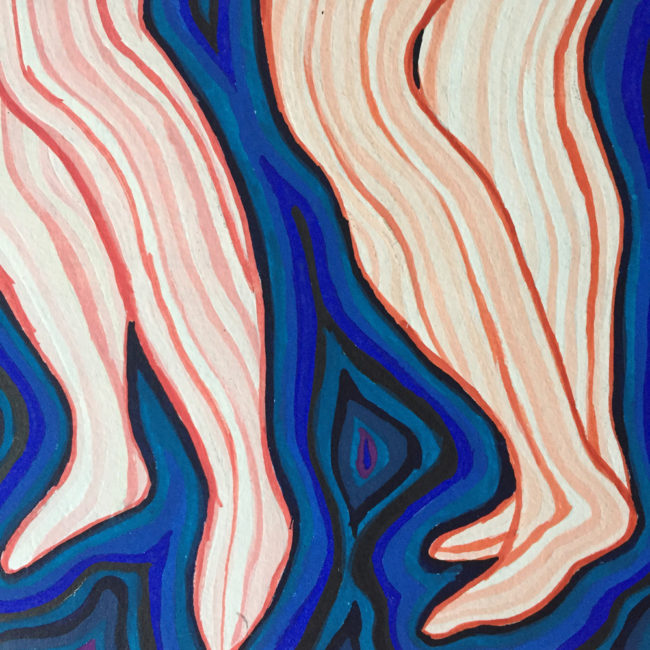
A fellow student liked this technique too, and used it for one of her paintings. The result was slightly different because of her colour sense and brush stroke, but I felt that it was too similar to my own paintings and got really angry.
I demanded that she stopped copying me, and even involved the teacher in our quarrel.
I’m not proud of this moment, believe me, but at the time I felt that because I had tried this technique first, no one else should dare do the same.
My teacher had a hard time explaining to my 12 year old ego, that it was ok for others to try this technique and experiment with it, and see where it took them.
She gave me examples of artists using similar techniques and compositions, showing me how they all built on them and developed a personal style, at times similar, yet unique.
This is how creativity works – it builds on other people’s ideas, and grows from there.
In fact, if you wait to have an original idea before you create, chances are you will get very little done.
Everything has already been done. Nothing is completely original.
What is truly original is you, as there are no two people who are exactly the same.
You bring all your experiences and personality traits into your creations.
Chances are, there will be some overlaps with other people’s creations, but with time if you keep practicing your craft and pursuing new projects, you are bound to develop your unique voice.
Let me repeat this: nothing is completely original, and every time you create, you build on something that’s already been done, to some extent.
“Those who do not want to imitate anything, produce nothing”. Salvador Dalí
Should you stop photographing a vase of flowers? After all, it’s already been done.
Flat lays became popular about 30 years ago, and were known as knolling. Should you stop creating them?
And was that the first time an artist decided to look at something from above?
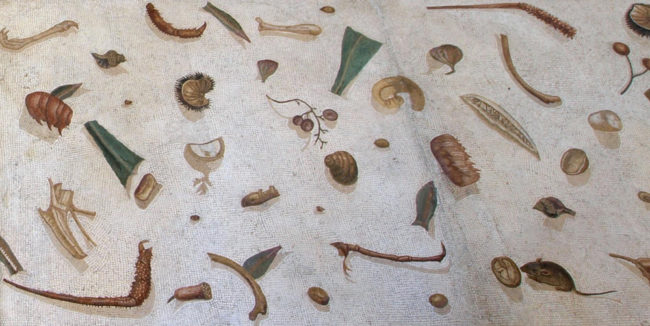
Detail of Unswept Floor mosaic, 2nd century, Vatican Museum, Rome.
Judging by this mosaic, somebody else had already thought about it a long time ago, and in fact the Asaraton or Unswept Floor motif was quite famous in Roman times. The idea of looking at the floor and reproducing the debris of a Roman feast became a fashion craze, and I can see why they found this composition appealing – just think of all the pictures of flowers, leaves, and other botanical bits arranged in a similar fashion, and how popular they are on Instagram, for example.
How many still lives with a basket of fruit have been photographed? How many autumn leaves artistically arranged with apples and pumpkins? How many images of hands holding a cup of coffee? Countless, and the truth is, I enjoy them all – well, those that are well executed :)
I enjoy seeing interpretations of the same theme by different artists – bouquets, flowers and cups, wreaths, pretty doors, sunsets…
Some people think of them as too similar, a cliché.
Perhaps, but why use such a negative word, and focus on the similarities, instead of appreciating their individual beauty and diverse interpretations?
In the future, maybe not so distant considering the speed at which the world changes these days, people will look at our current times and think of photographers creating pretty flat lay images featuring flowers, leaves, cups of tea, and other everyday objects, or taking photographs of beautiful doors and house facades, or colourful smoothie bowls, as a movement, same as Impressionism was a 19th-century art movement, for example.
They might wonder where the need to create all these lovely images came from – maybe as a reaction to all the ugliness and violence, as a conscious choice to focus on beauty to somehow banish the darkness… but this is for another blog post.
I’m sure that in a few years trends will change, and there will be new clichés to complain about… Trends go in cycles, and if you just grab an art history book, you will notice how that’s happened through the years too.
Going back to originality – how can you be sure that you’re the first person to think of some kind of composition, and claim the idea as yours?
I recently bought a second-hand book about the meaning of flowers, and when I flicked through its pages I saw many compositions that are now popular on Instagram, and that had already been done almost 20 years ago!
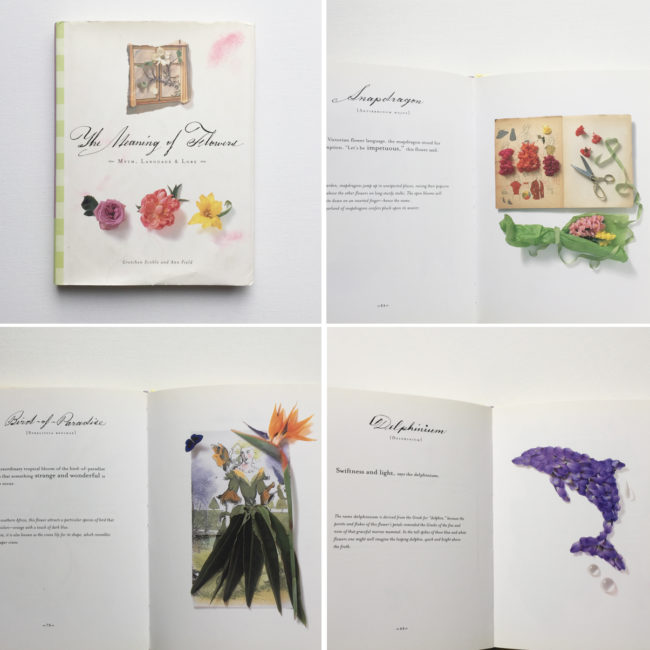
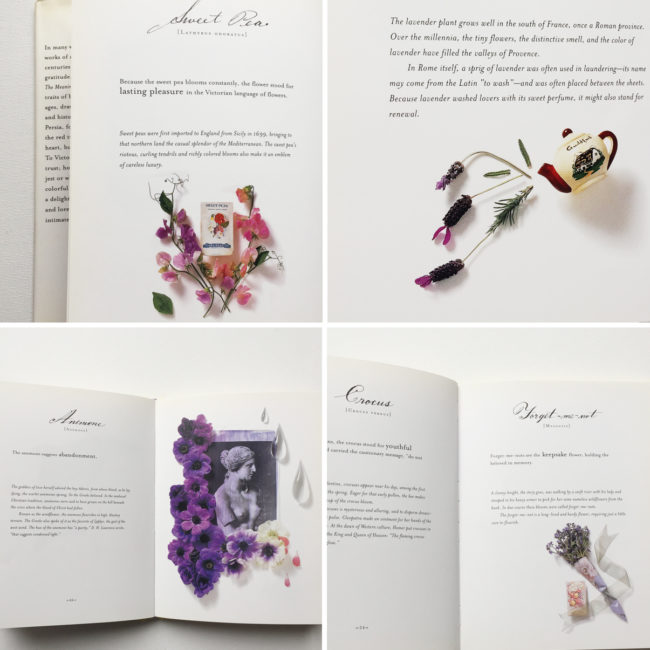
The meaning of flowers – by Gretchen Scoble & Ann Field
The book was printed in 1998, and I wasn’t even aware of it until a couple of months ago.. And yet, I have seen so many teapots pouring flowers, animal shapes made of petals, flowers with scissors and ribbons…and they always make me smile.
After all, it’s possible to develop similar ideas.
I love nature, tea, books, and the seasons. I’m not the only one though, far from it, so I’m bound to share at least a few ideas with other creatives. It’s only natural.
Sometimes you don’t even consciously register what you see, until months or even years later you come up with an idea – and maybe think it’s original – only to come across the image that actually inspired you.
I have a Pinterest board called Styling Inspiration, where I pin images with styling and composition I like. When I occasionally scroll through it, I notice photographs that I don’t even remember seeing, let alone pinning. Yet I’m sure that at some subconscious level those images that I forgot about are still influencing me, and they might pop up as ideas in the future.
The way I would execute that idea is totally personal, as my way of seeing the world is the result of my personality traits and individual experience, and so unique, but the influence would still be there, even if I don’t remember it.
Sometimes more than one person will come up with the same idea.
In her book Big Magic, Elizabeth Gilbert tells an anecdote about meeting up with another writer, and finding out that they both had thought of a plot for a book that shared uncanny similarities… and yet they had never talked about it with anyone, and clearly they hadn’t tried to copy each other.
Eventually Gilbert gave up on this particular book plot, for various reasons, but I’m sure that even if she had written it, it would have been in her own voice, and so quite different from the other writer.
In fact, I actually enjoy when several creatives are given the same brief, and everyone comes up with their own interpretation – like re-writing Cinderella, or recreating the same composition.
Sometimes a few of these images might have a similar style and composition, but after all artists from the same movement often share similarities in their work.
For example, Signac, Pissarro, Seurat, and Henri-Edmond Cross were all part of the Pointillism art movement and used a very similar technique. Their work is beautiful, and we can all enjoy their paintings because they kept creating, embracing the influences on their style.
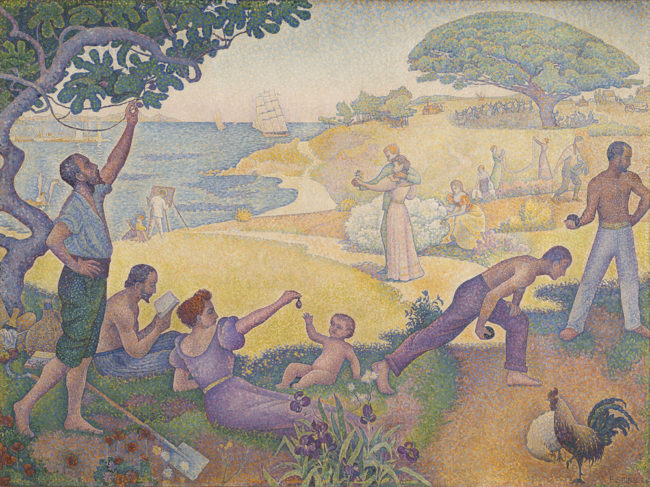
Paul Signac – Au temps d’harmonie
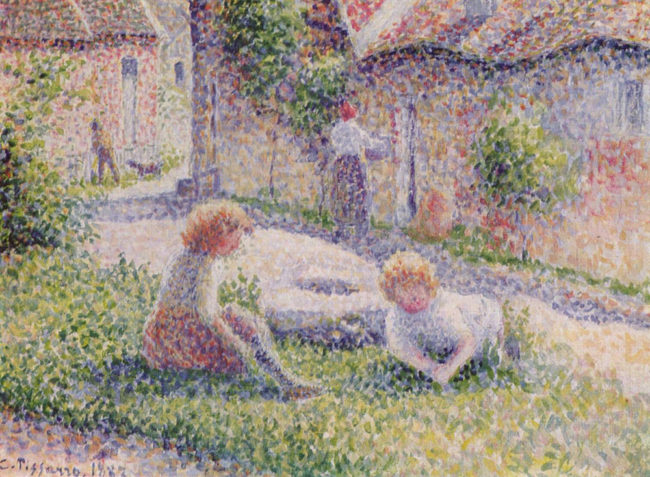
Camille Pissarro – Children on a farm
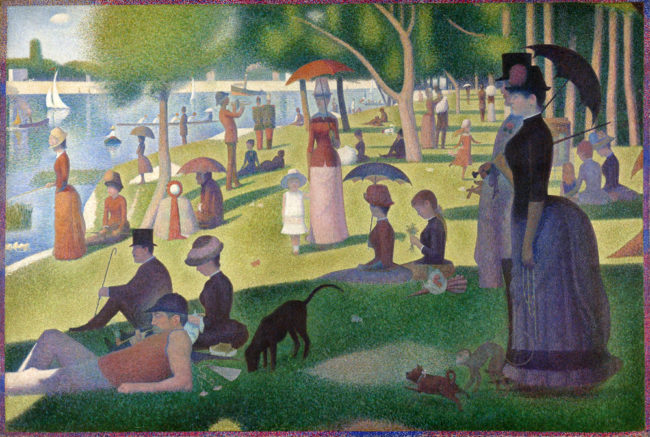
George Seurat – A Sunday on la Grande Jatte
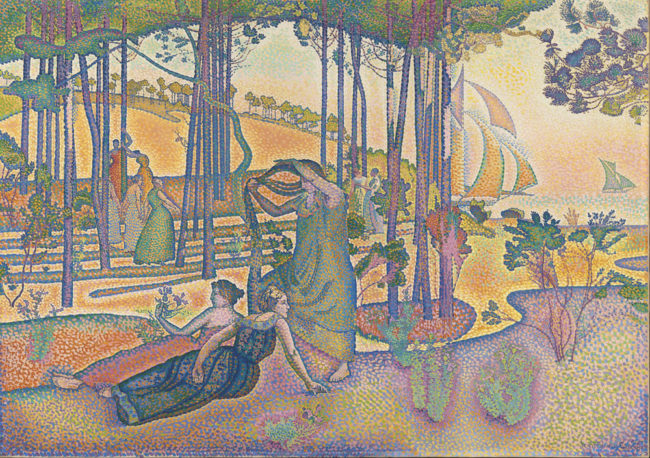
Henri-Edmond Cross – The Evening Air
The world would be a bit less beautiful if they’d stopped creating in the pursuit of complete originality.
Creativity builds on other people’s ideas, and only the individual viewpoint is truly original. To be more creative make sure to nurture your interests, live life to the fullest, and create on a regular basis. Accept the fact that you are expanding on other people’s work and ideas, embrace all the influences, and filter them through your own unique “lens” – your voice – to make them yours.

